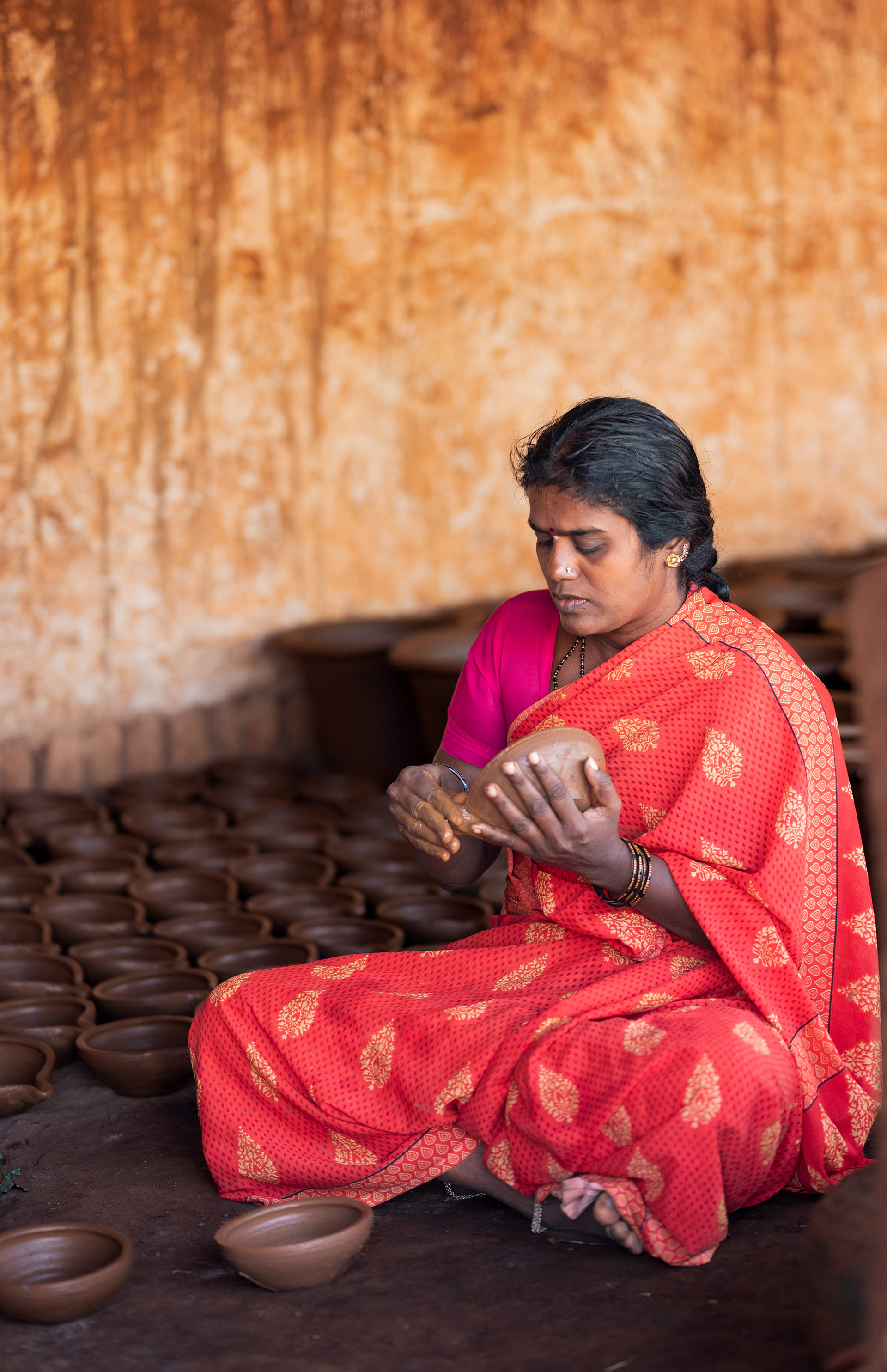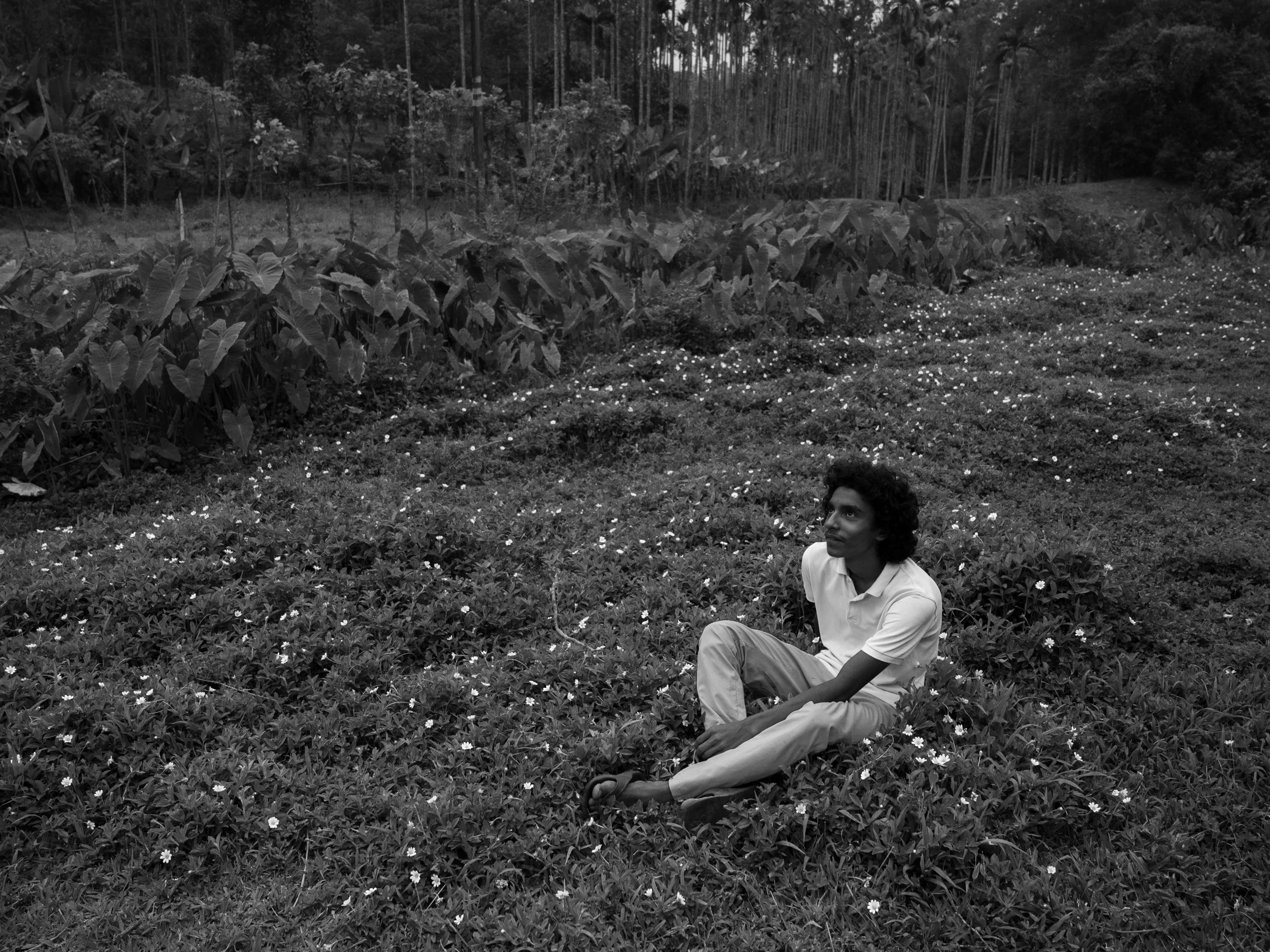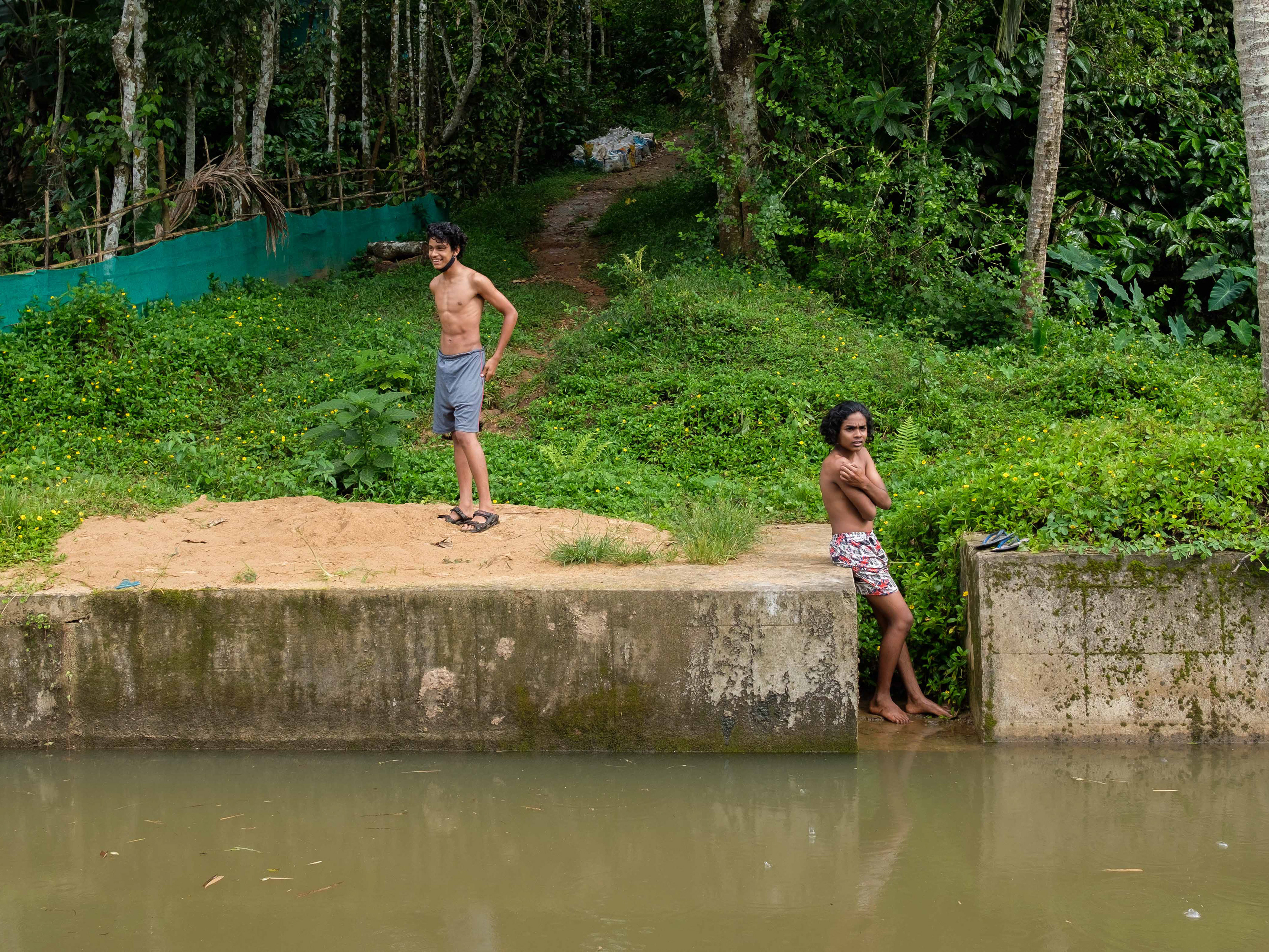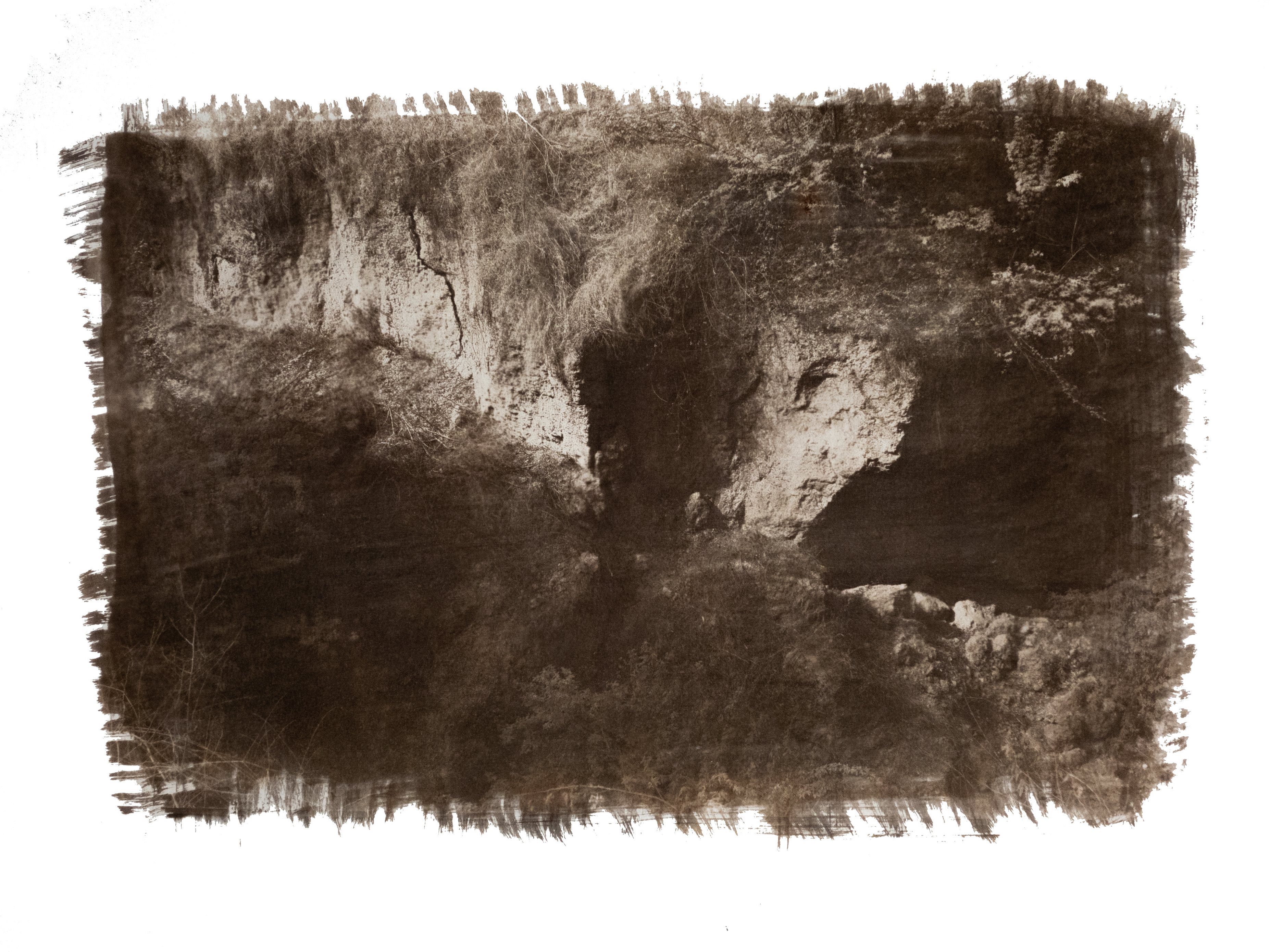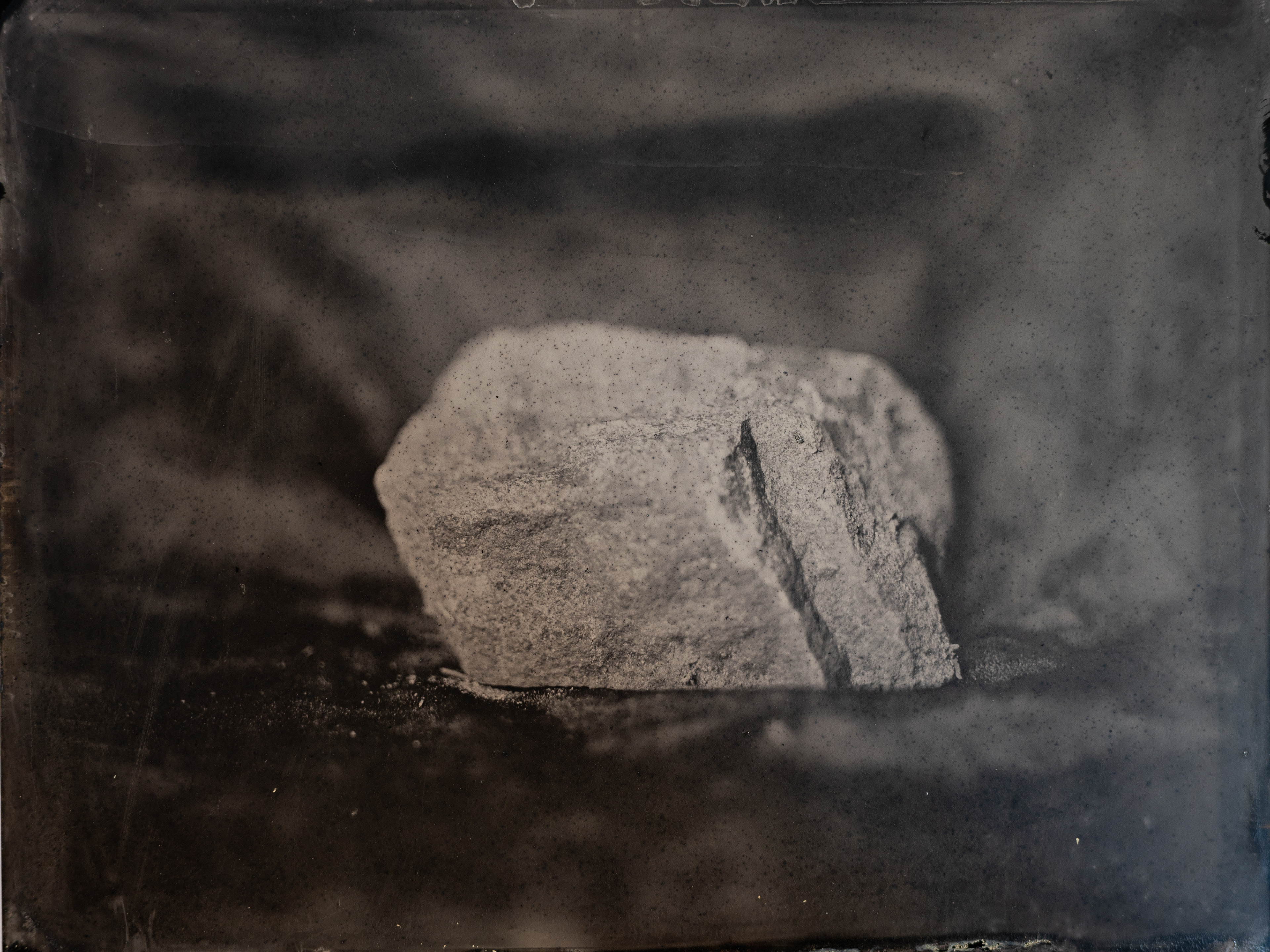In today's world where each one of us is after achieving our own dreams and goals - what is often unnoticed is our innate roots in nature. Amidst this materialism, we majorly miss coexisting with nature. This harmony is important for a virtuous civilization and water is the bonding agent for this coexistence. It is the water that flows through the veins of humans and nature alike.
Through this project, my attempt is to visually engage the viewers towards the coexistence of nature and humankind by thematizing water as the element that binds the two. These aspects of water are explored on the premises of Doora village situated in Mysore, Karnataka. The village is majorly an agro-based community that also partakes in the art of pottery making to earn their livelihood. The Doora lake becomes the primary source of water for this community's agricultural and artistic needs.
Doora village’s landscape mainly consists of cultivational lands with water bodies interspersed among them. The Kumbhar Community reformed the land for agriculture and built constructions for water bodies years ago. They cultivate rice, ragi, castor, and essential vegetables and live a sustainable life.
Essentially, the land is the central element that binds everything together. It not only shapes the lives of the people and animals here but also influences the soil and the water. A closer look into this community and their lifestyle reveals to us how significant this particular soil is for the community and how they built upon this land by maintaining and respecting nature and its harmonious environment. This further shows the affinity that the people of this community have towards their land.
Essentially, the land is the central element that binds everything together. It not only shapes the lives of the people and animals here but also influences the soil and the water. A closer look into this community and their lifestyle reveals to us how significant this particular soil is for the community and how they built upon this land by maintaining and respecting nature and its harmonious environment. This further shows the affinity that the people of this community have towards their land.
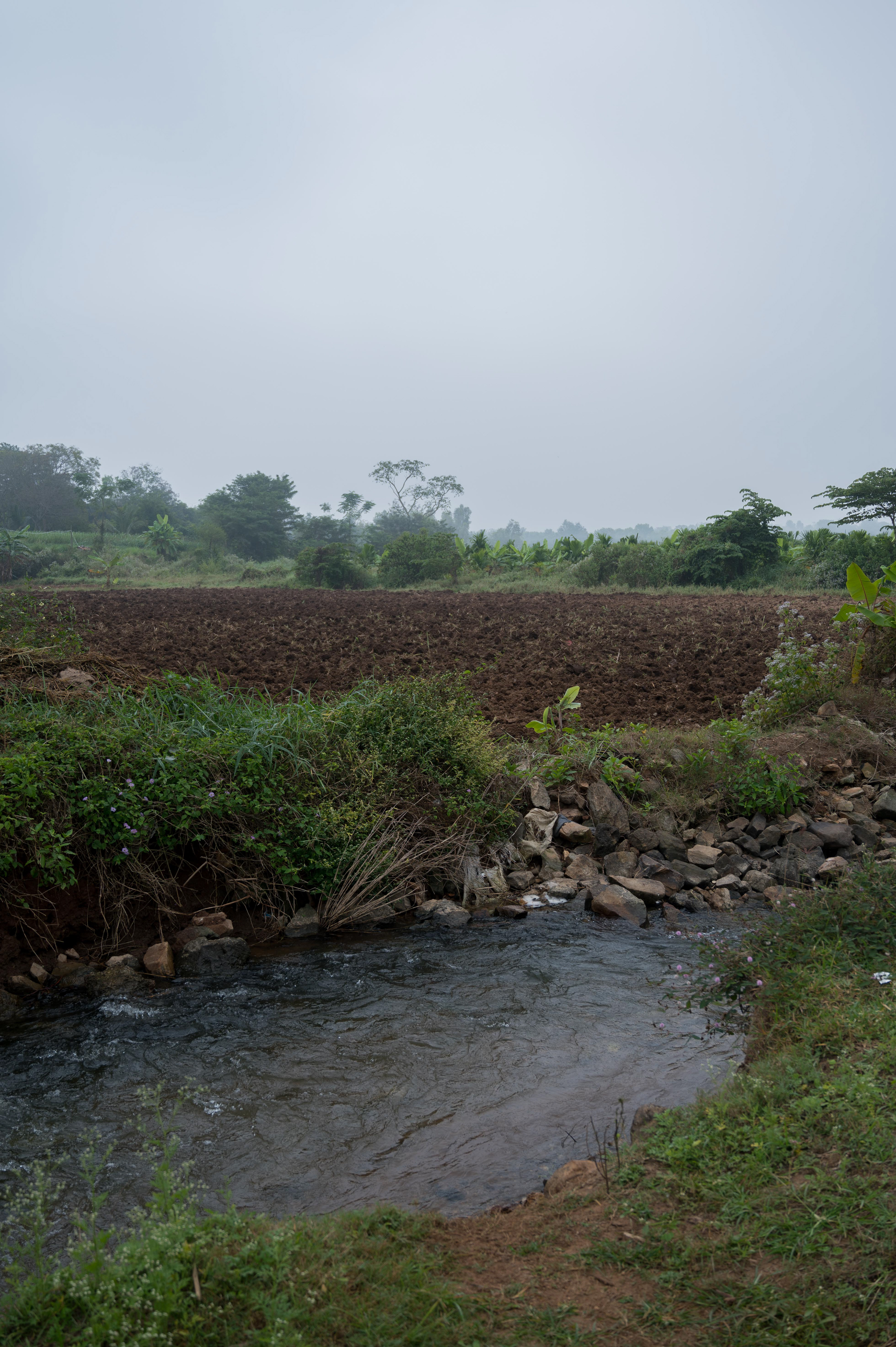
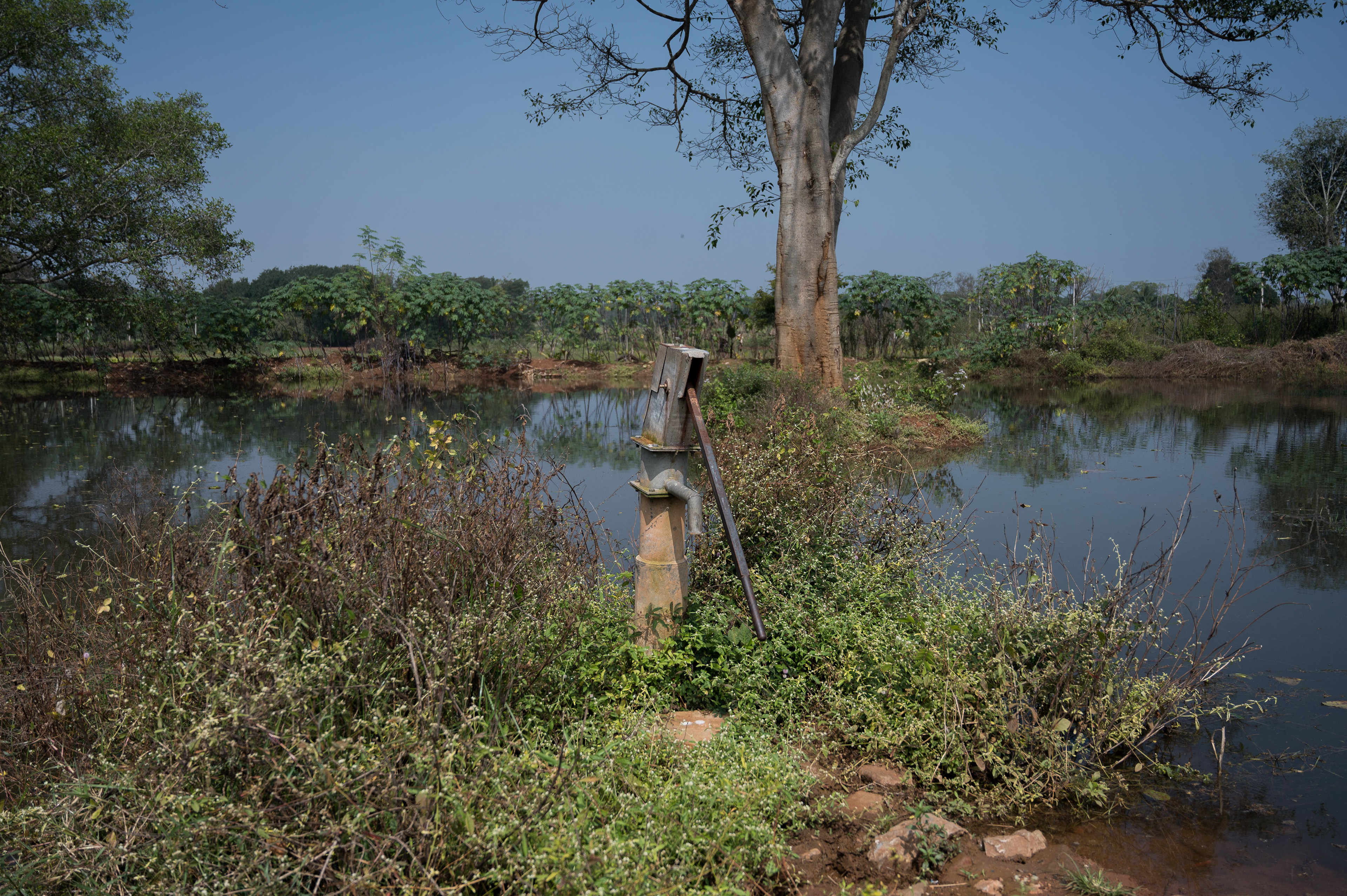
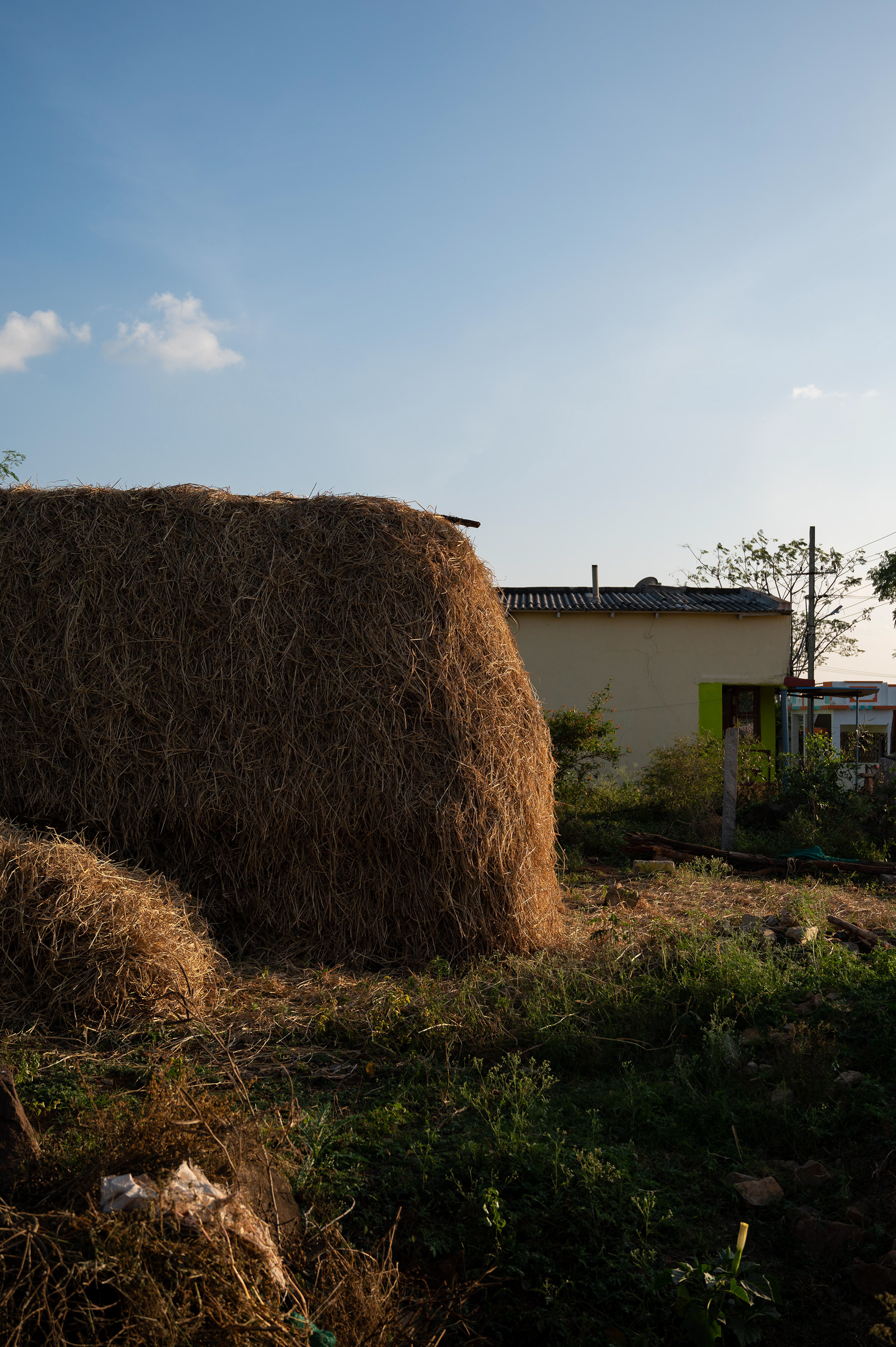
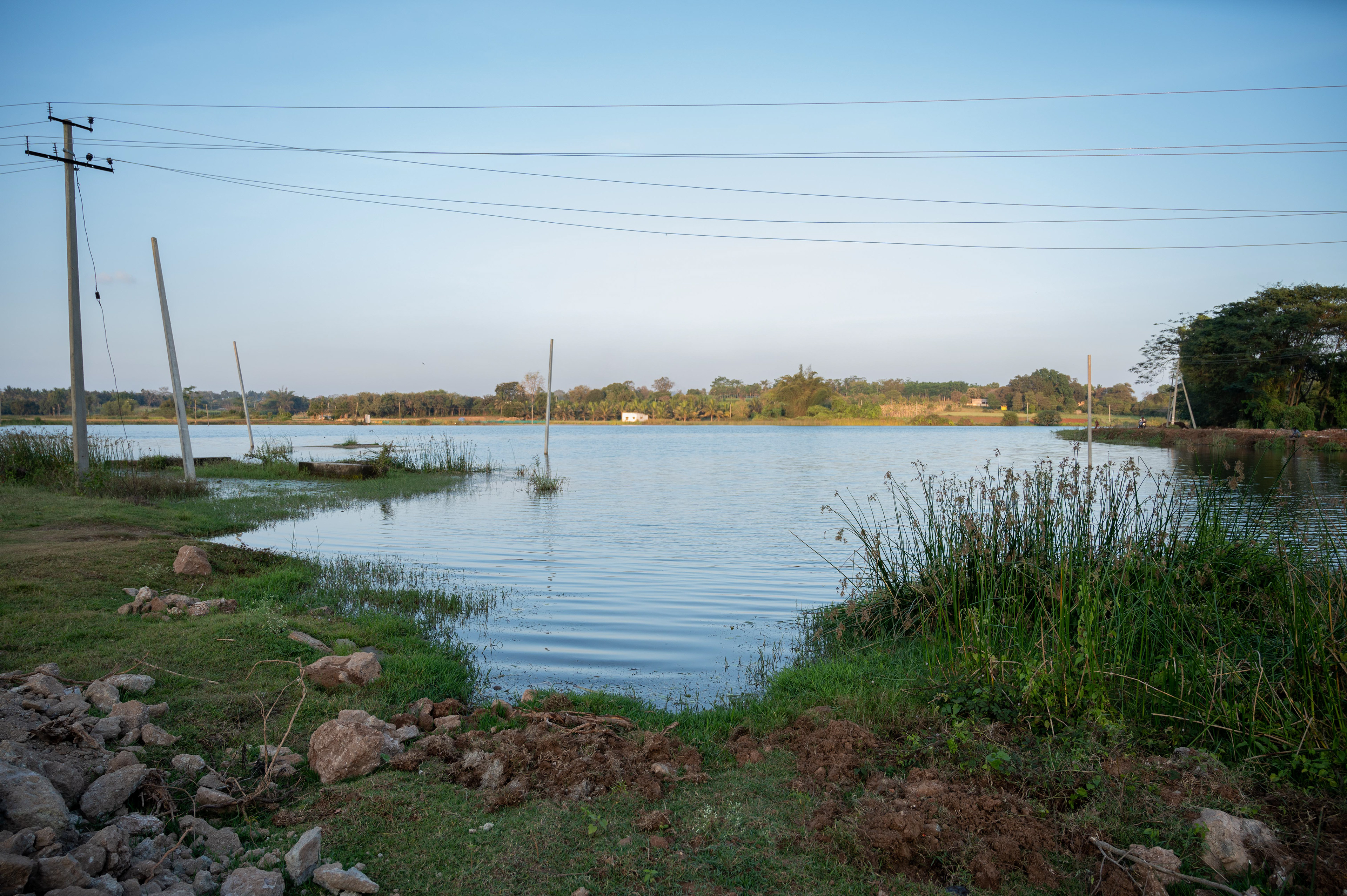
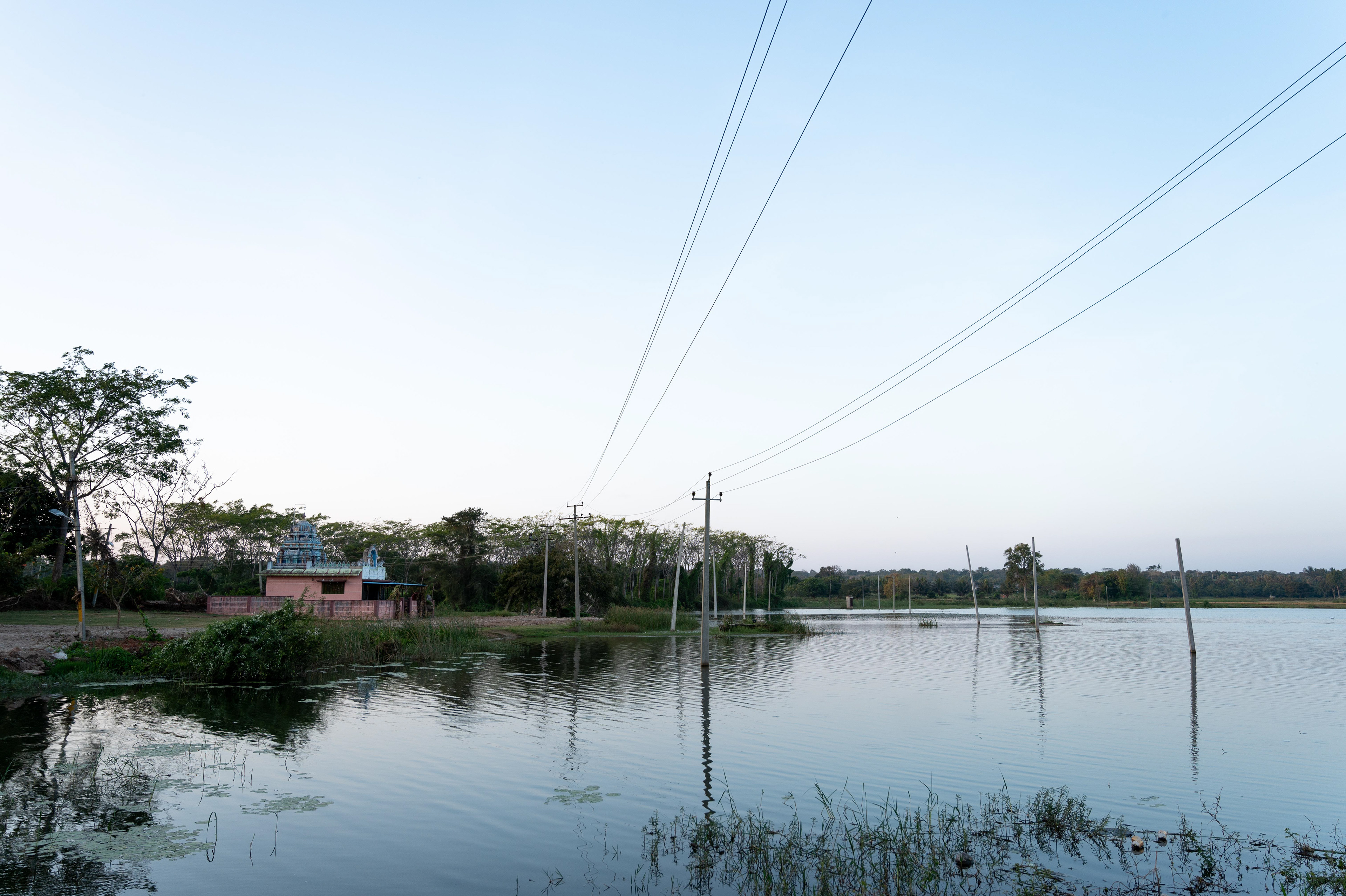
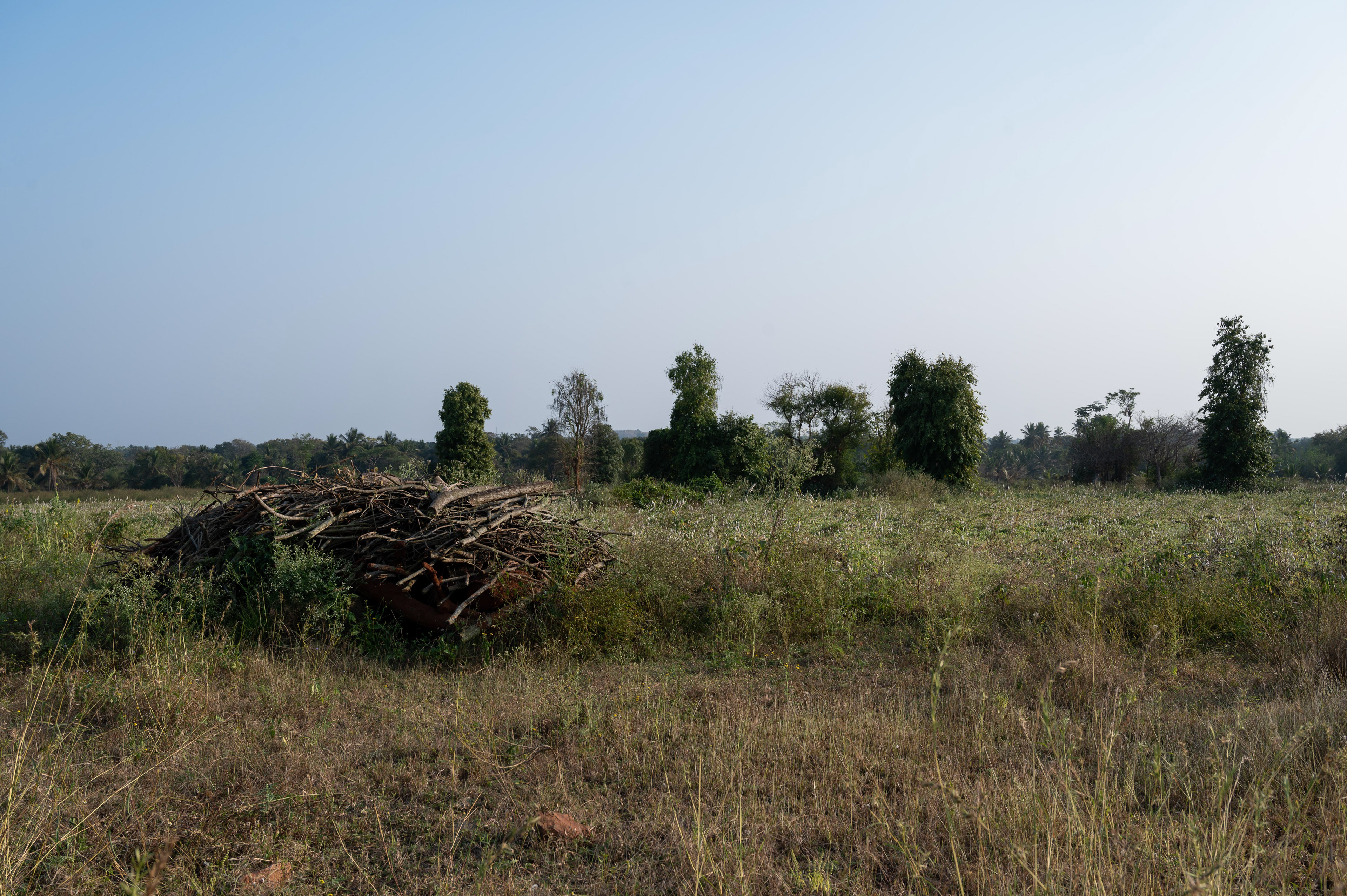
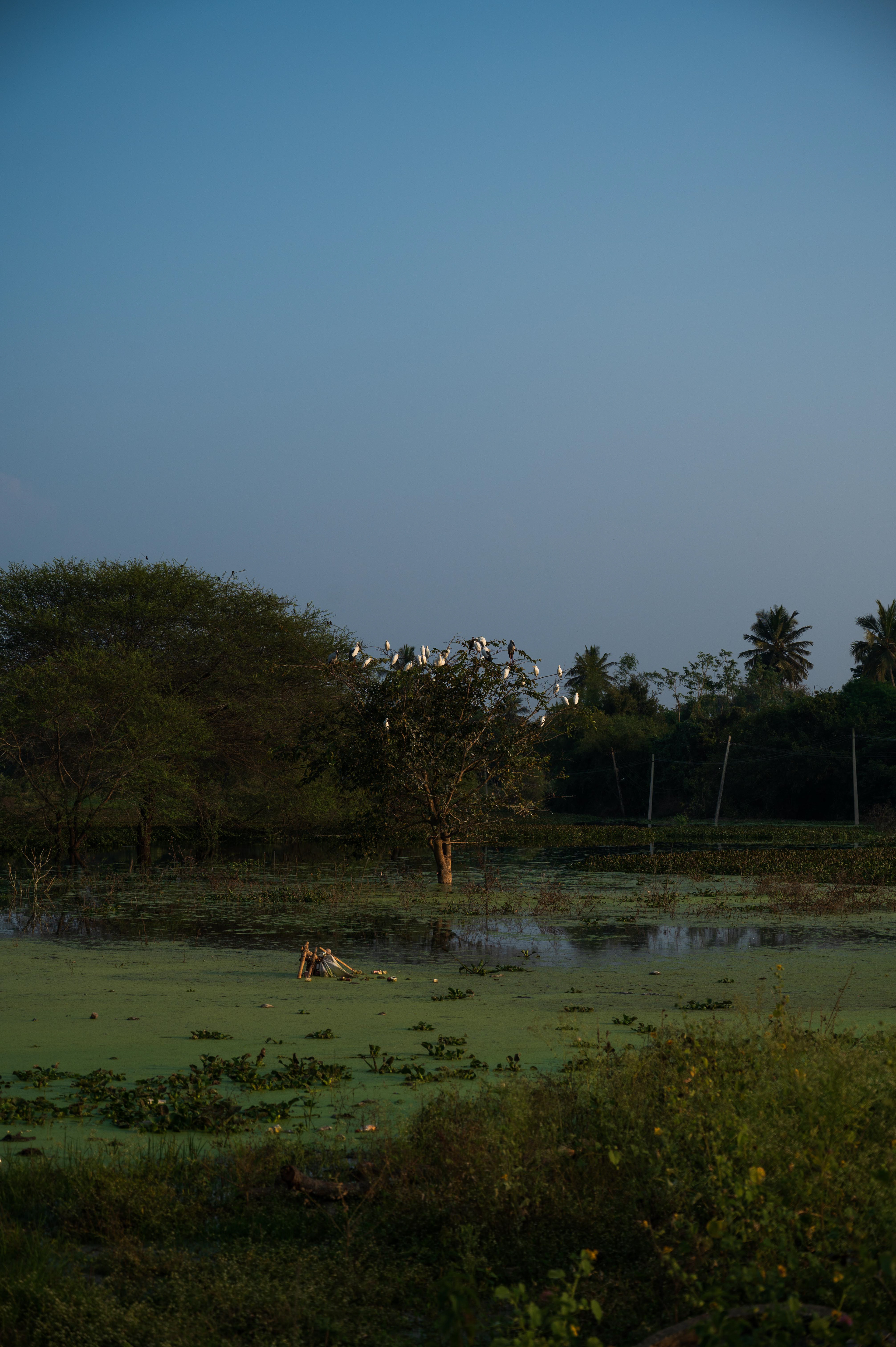
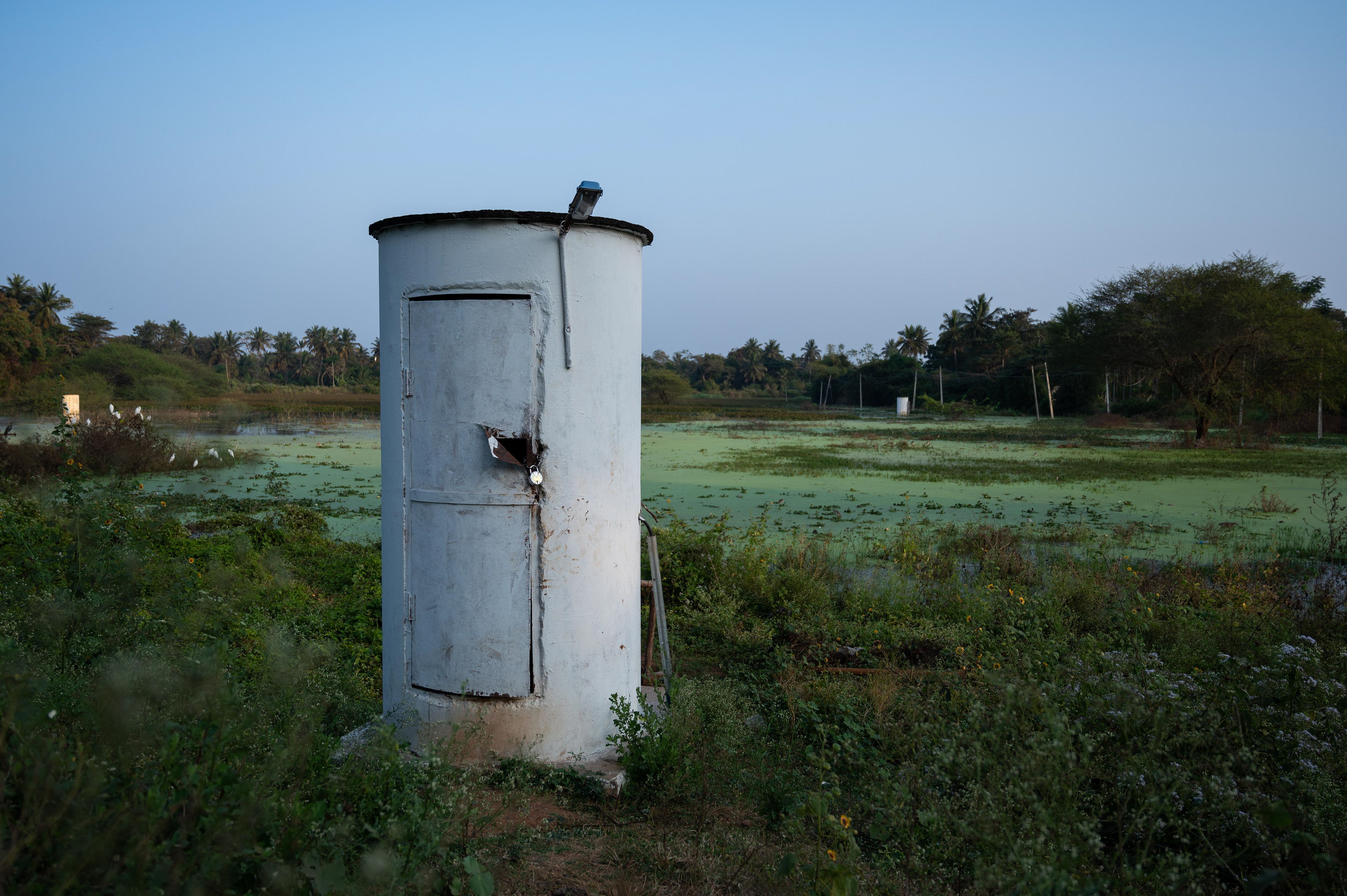
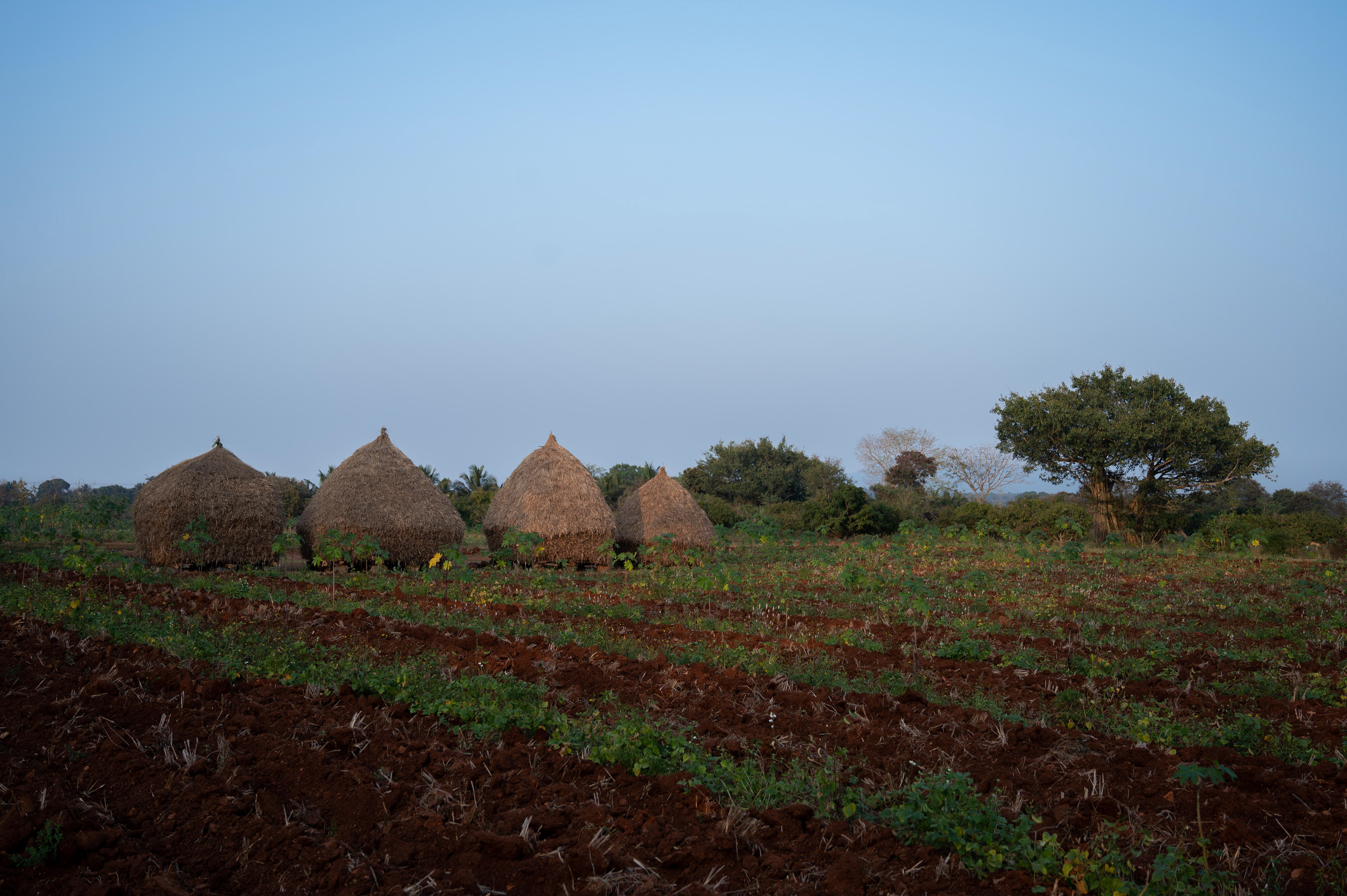
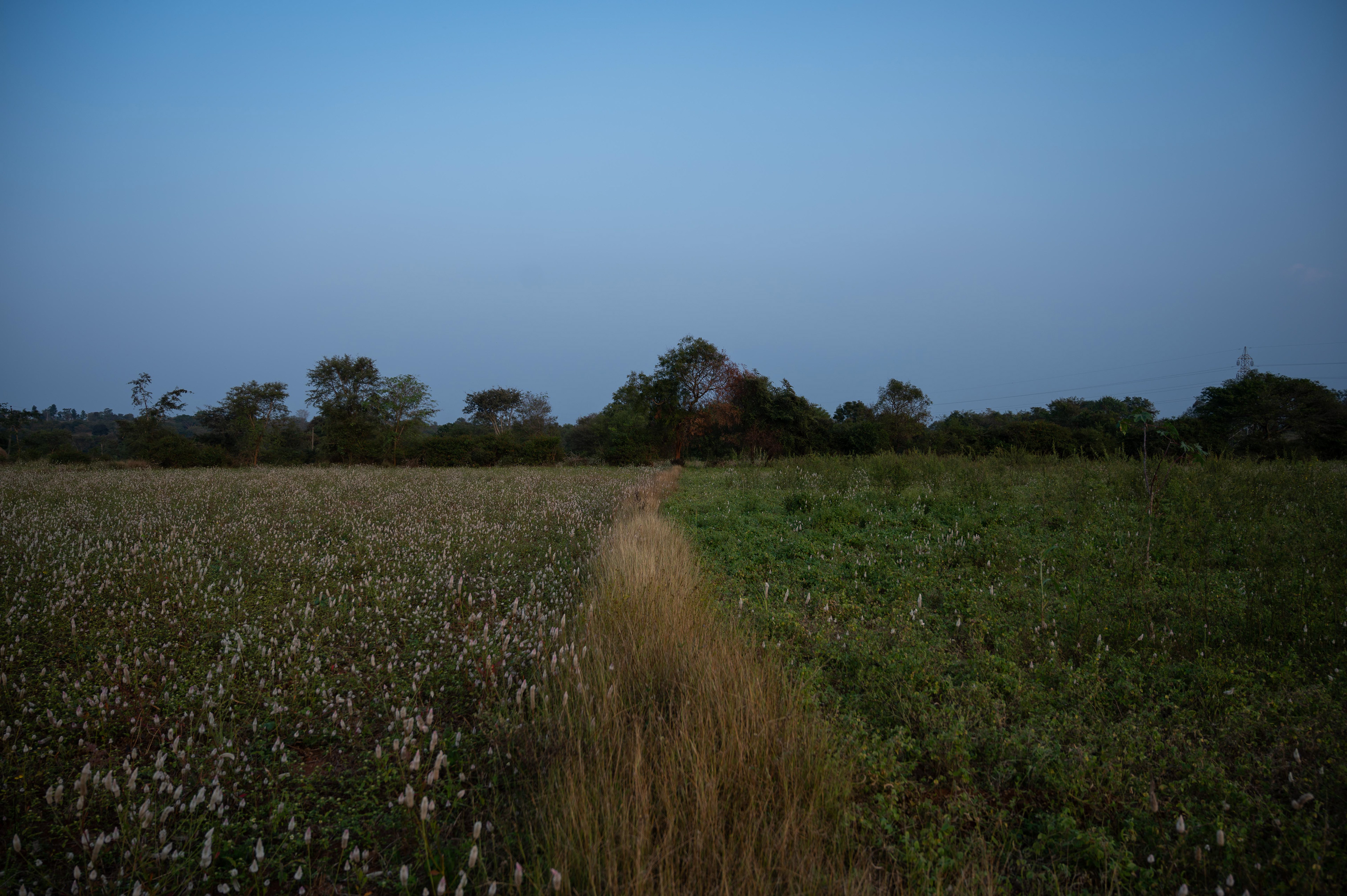
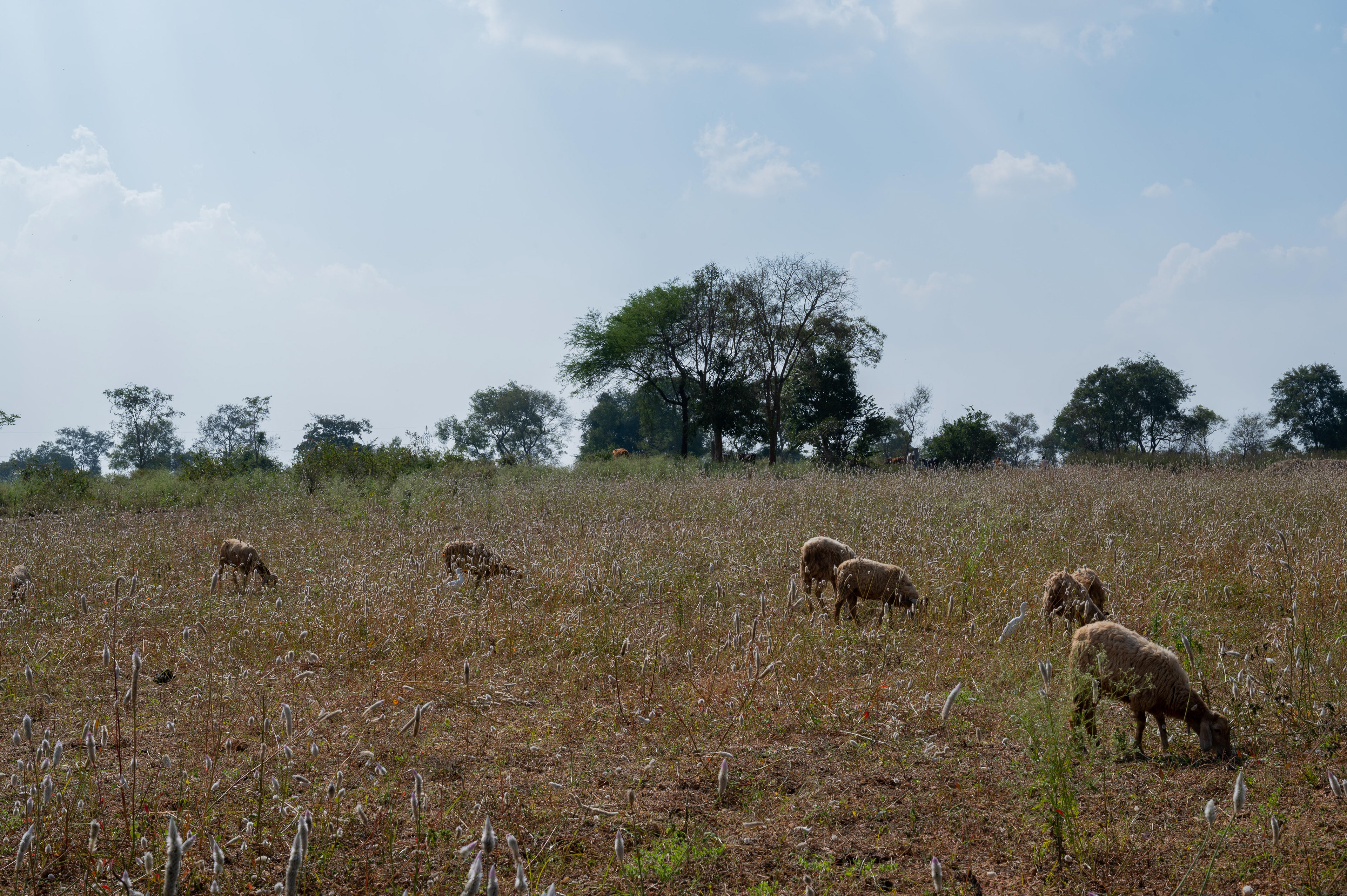
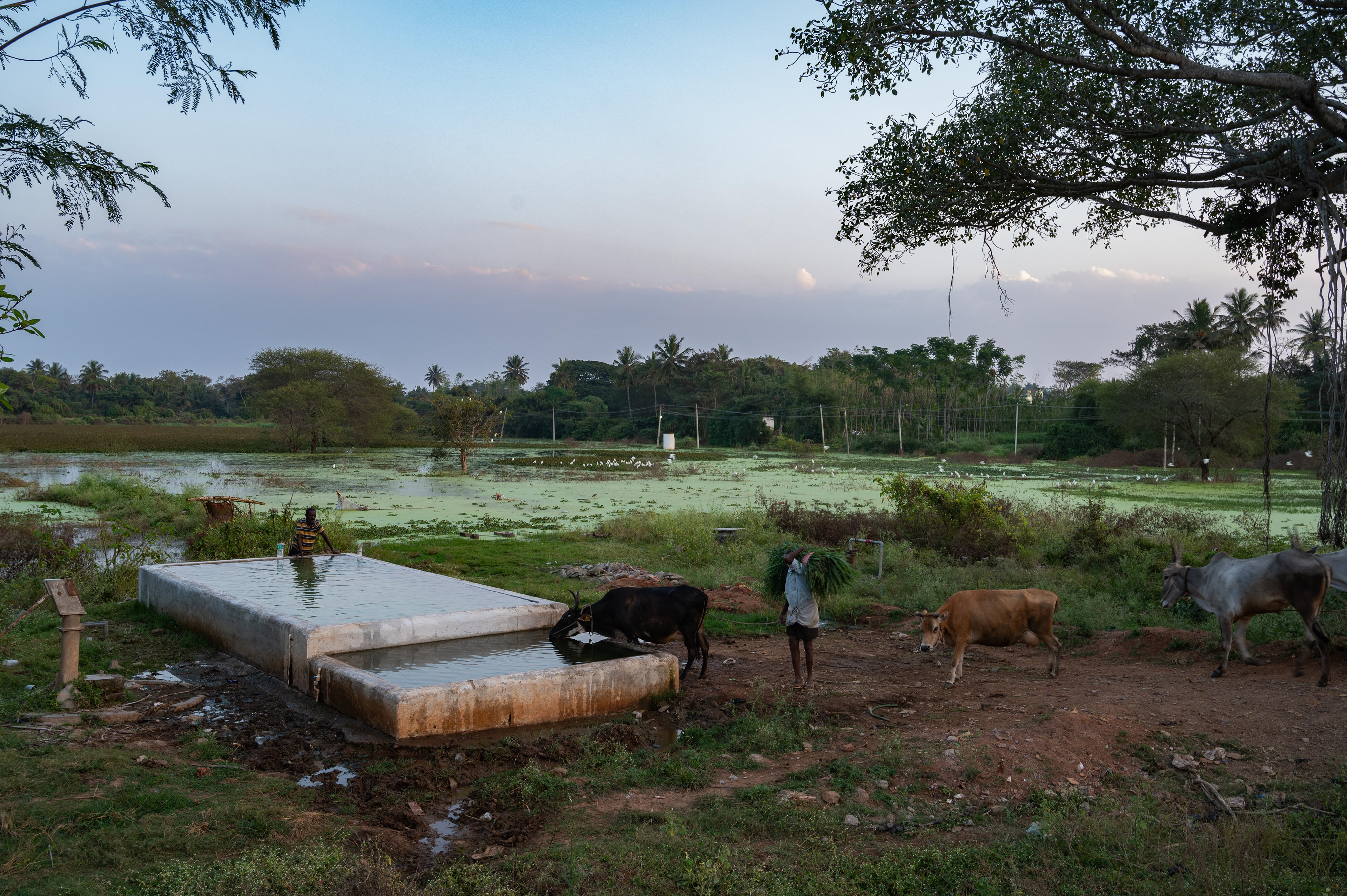
The mud houses of Doora exceptionally stand out as the face of the village. Built by the villagers themselves, this vibrant red soil is the base of the making. This soil central to their land is primarily used to make bricks for building and pottery work. The Doora lake is not only the main source of their drinking water but it also contributes as a binder to the soil. In summer, the soil from the land is collected and dried, then mixed with water, plowed, and stored inside the house. As and when required, this stored mud will be again mixed with water and dry soil to make clay for pottery.
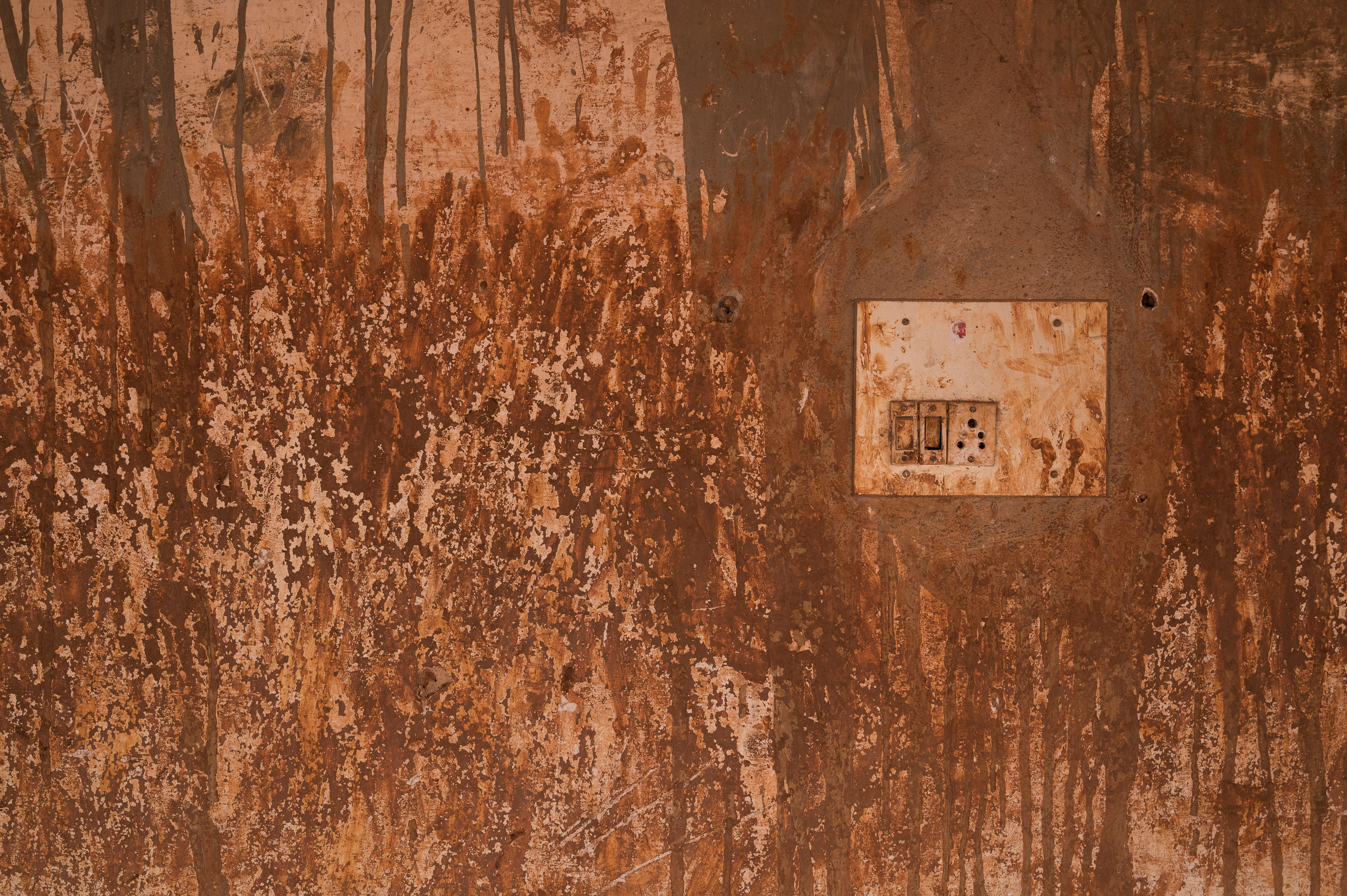
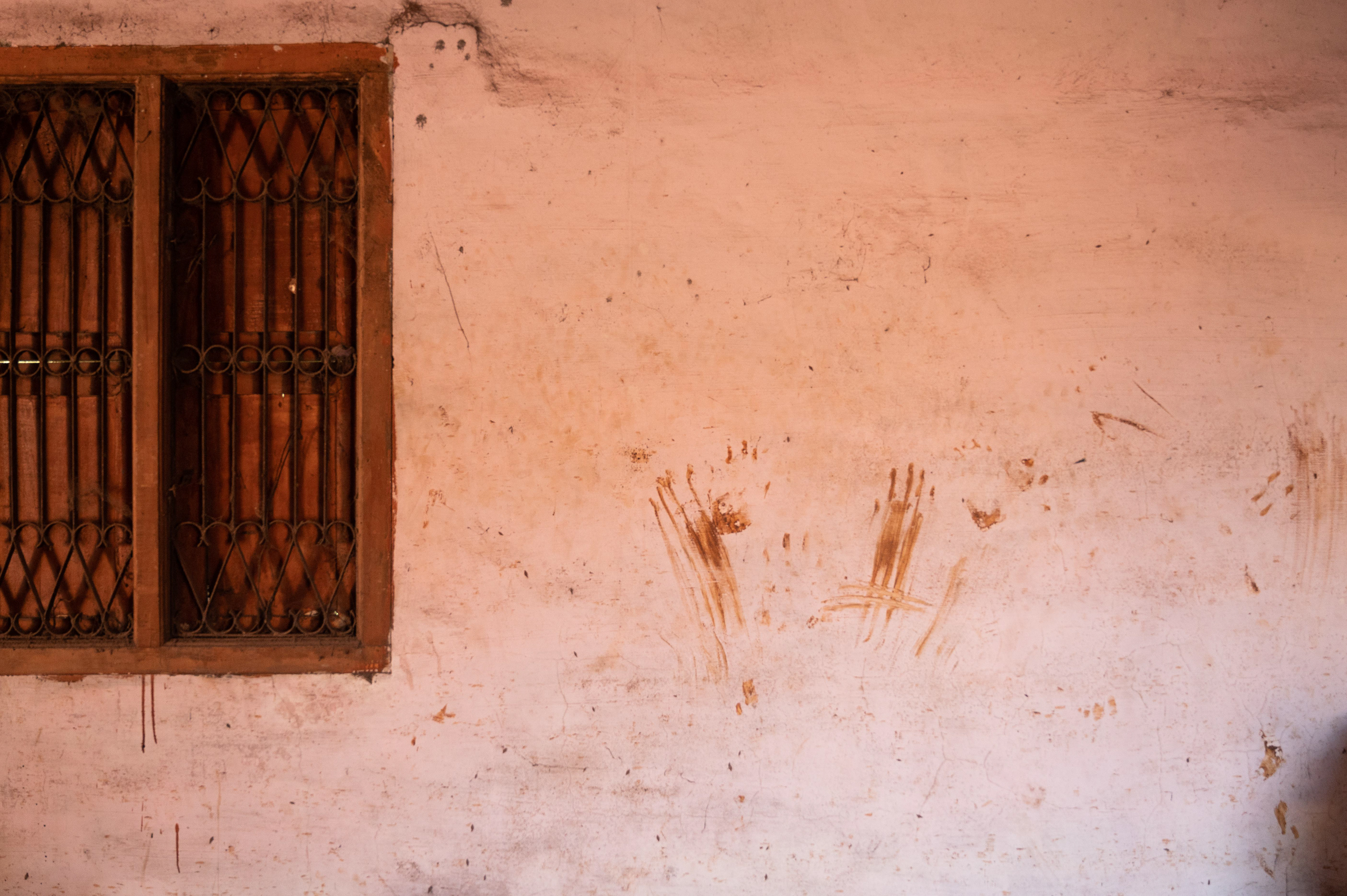

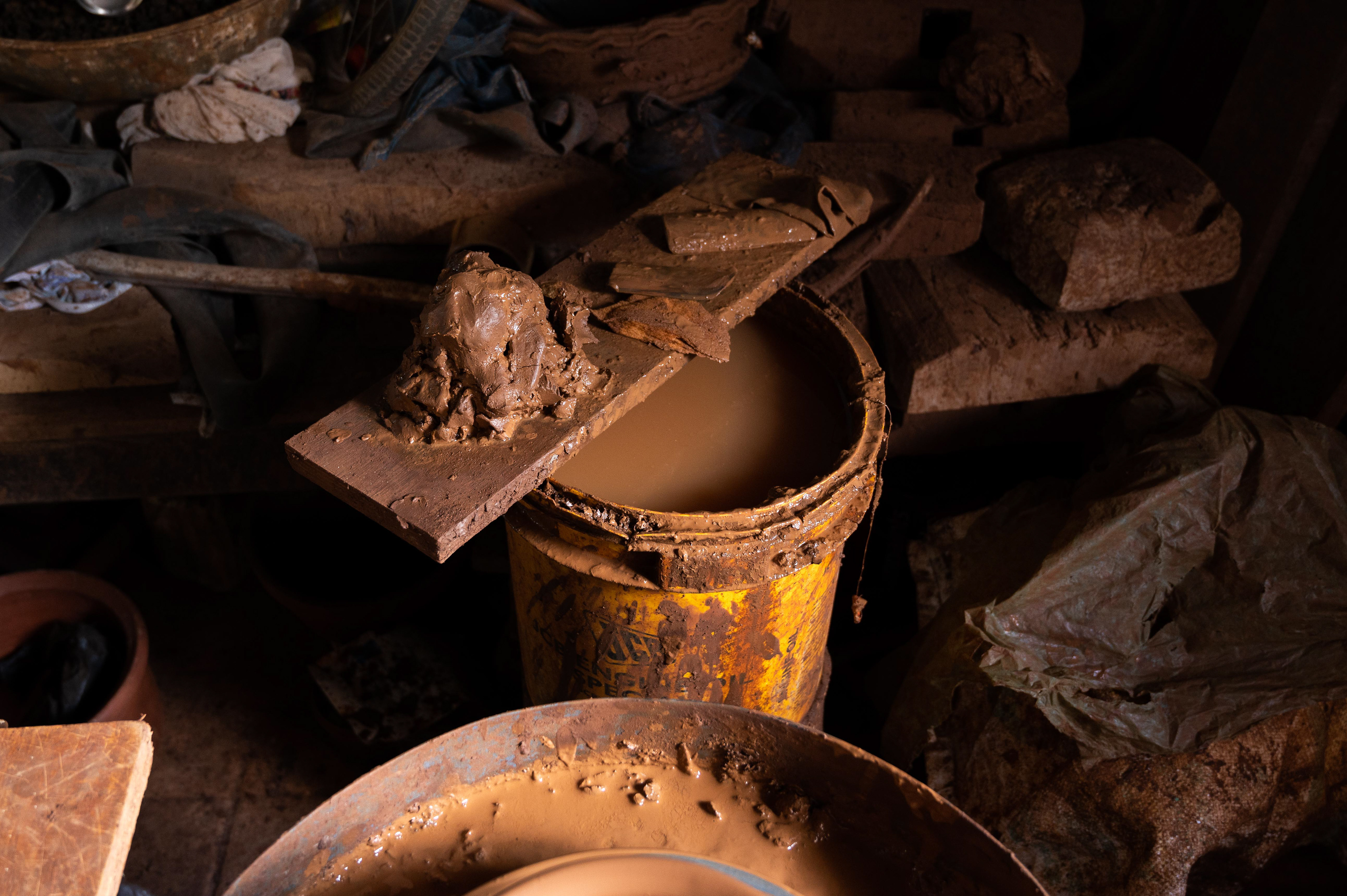
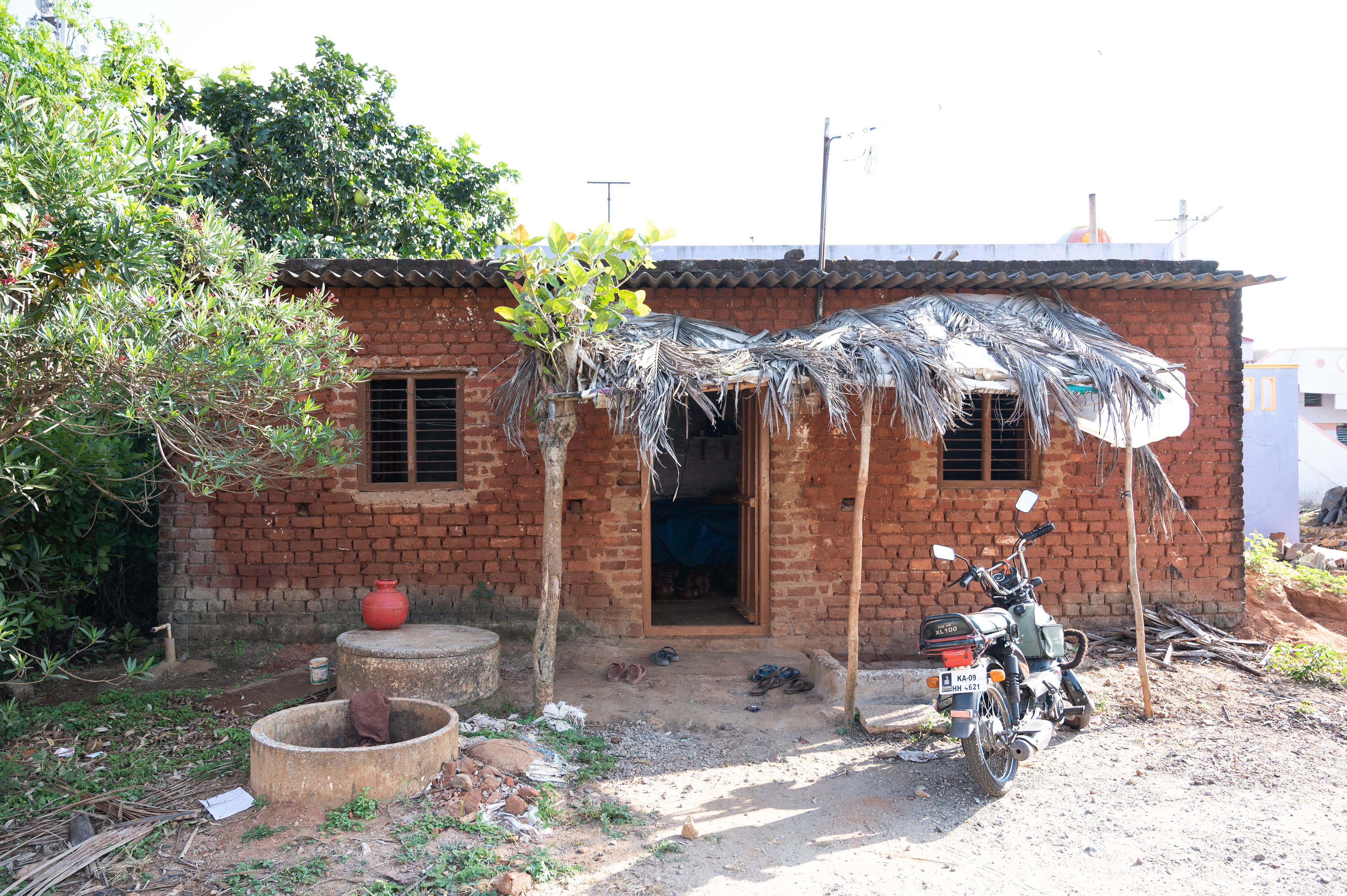
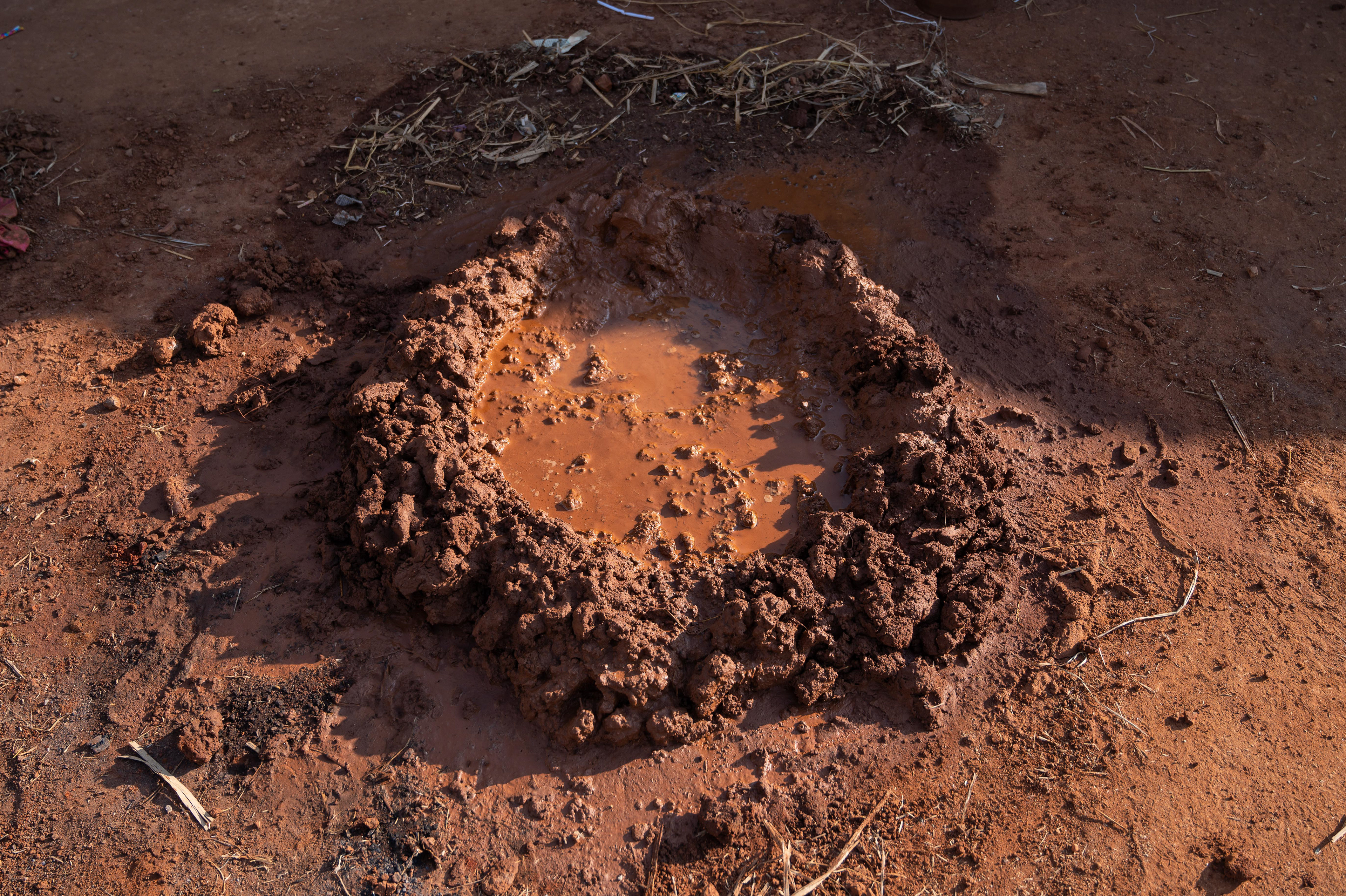
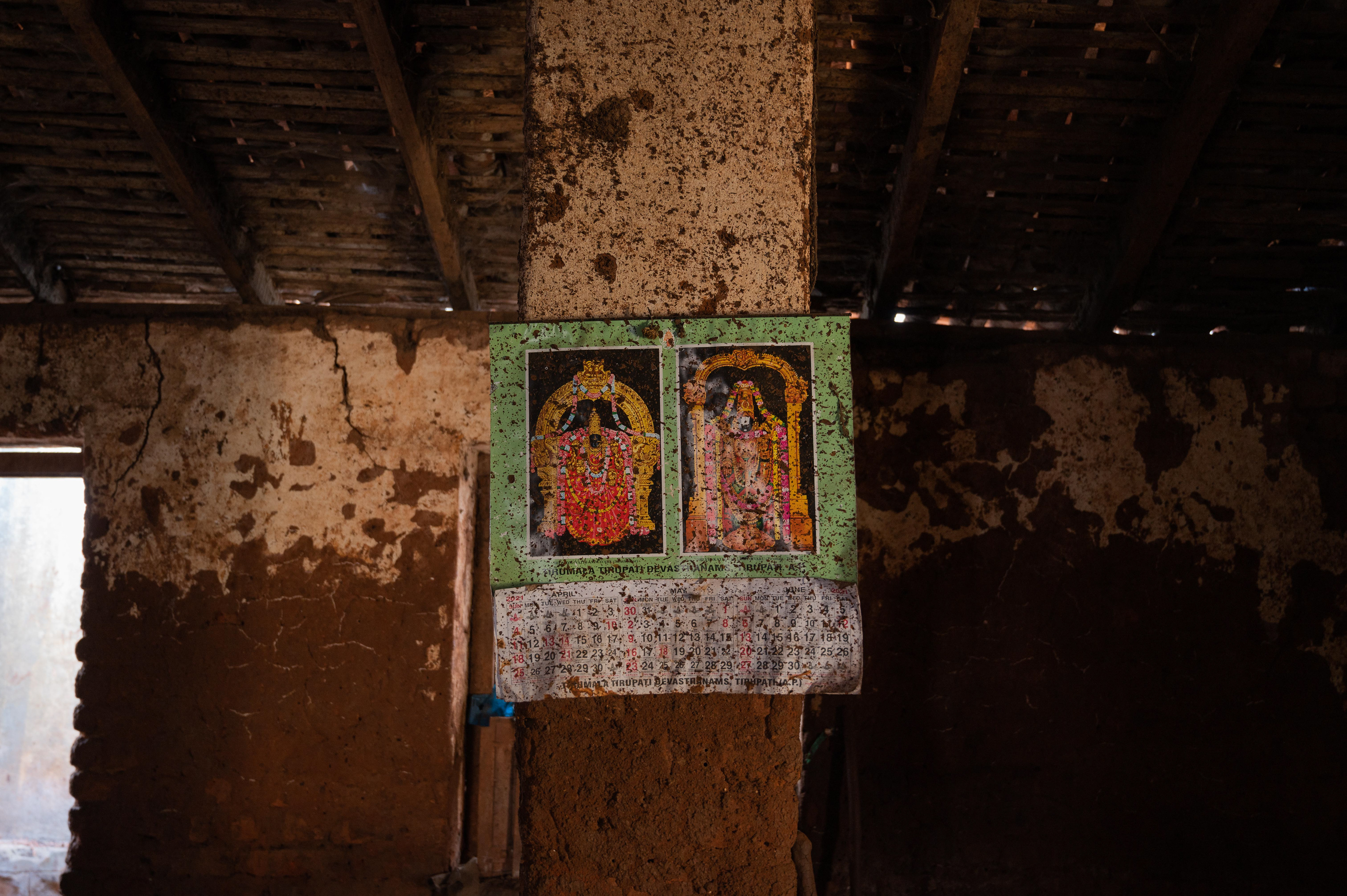
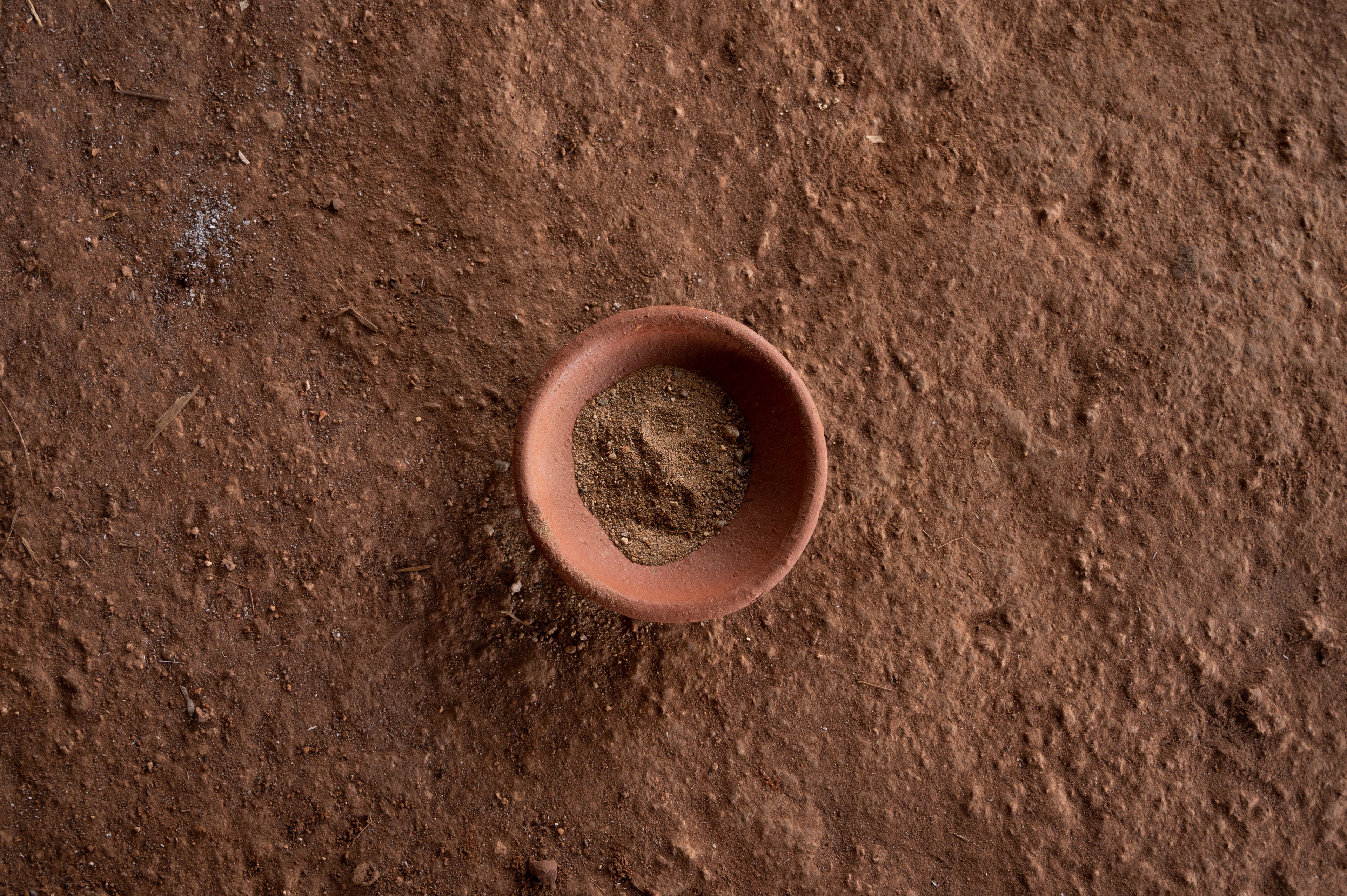
Pottery is one of the oldest and most widespread of the decorative arts. Established in 1964 by the Kumbhara community, Doora Potter’s Cooperative Society is a part of the cooperative movement. The pots are made inside a workshop in the village which they themselves built.
An important aspect in the art of pottery making is the binding element, water. A pot filled with water is a significant element that is placed near every potter’s wheel. The clay and potter's hands need enough moisture to shape the pot accordingly. To complete a pot, it will take around 15 days to shape the pot and burn it in a kiln.
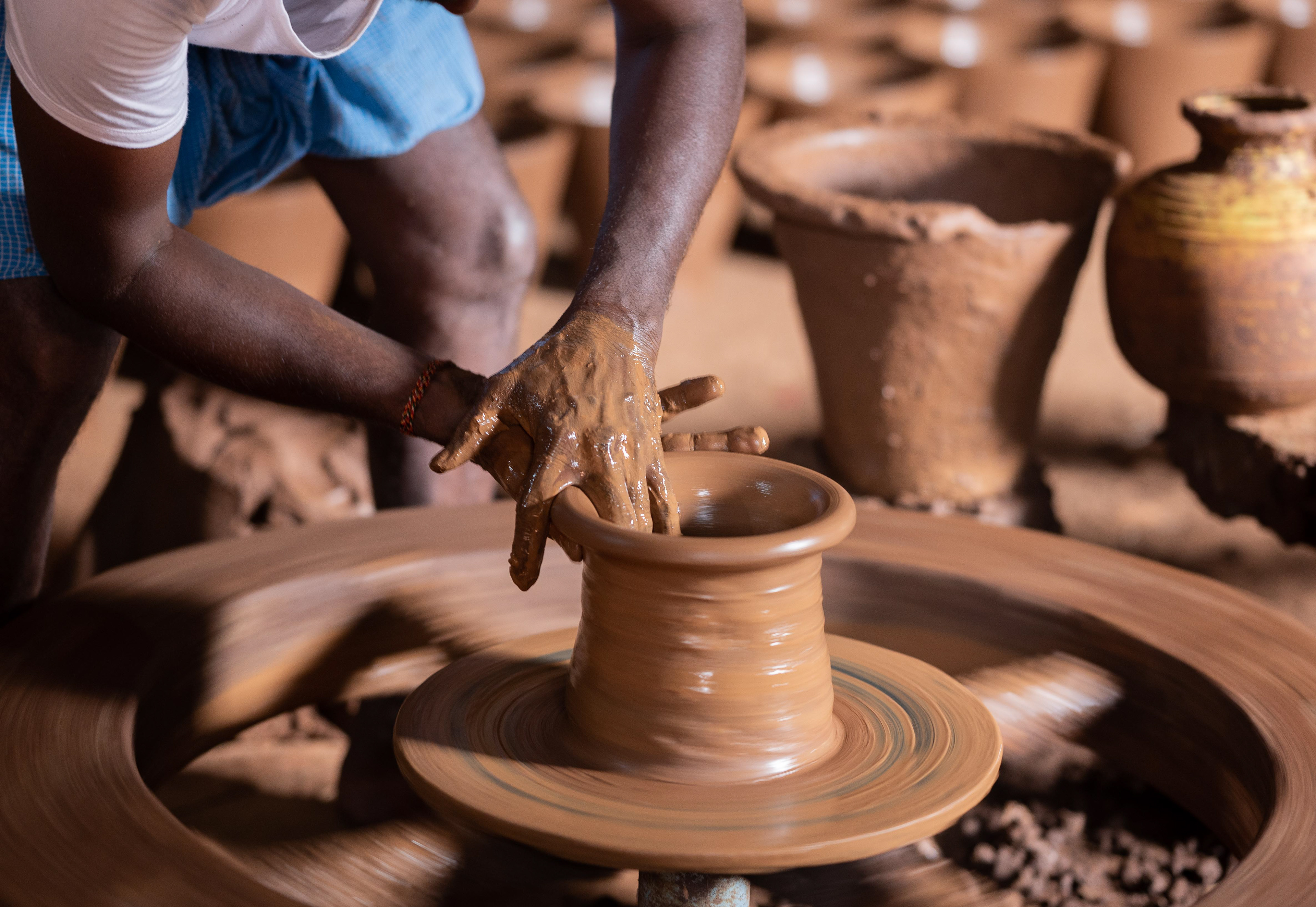
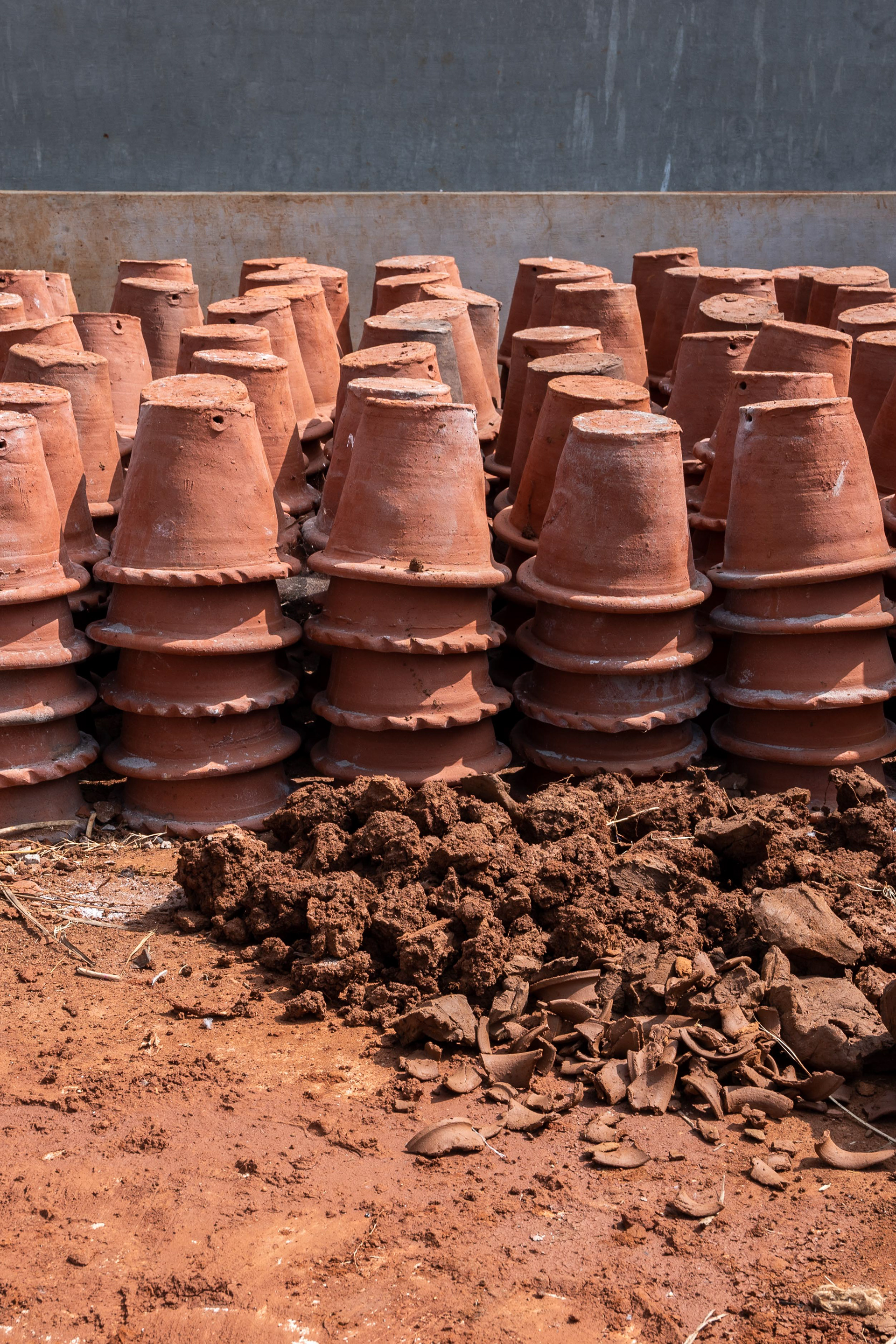
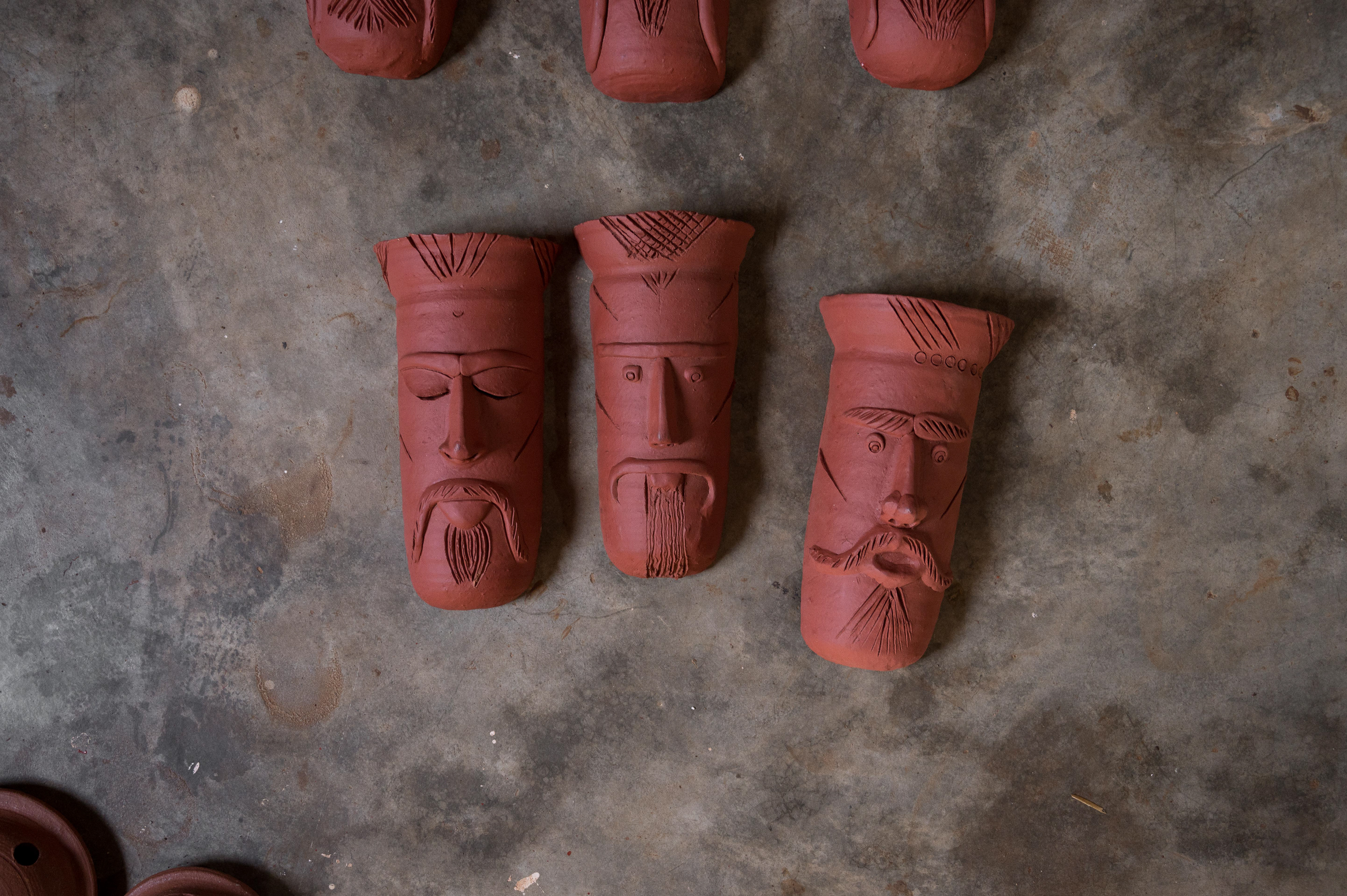
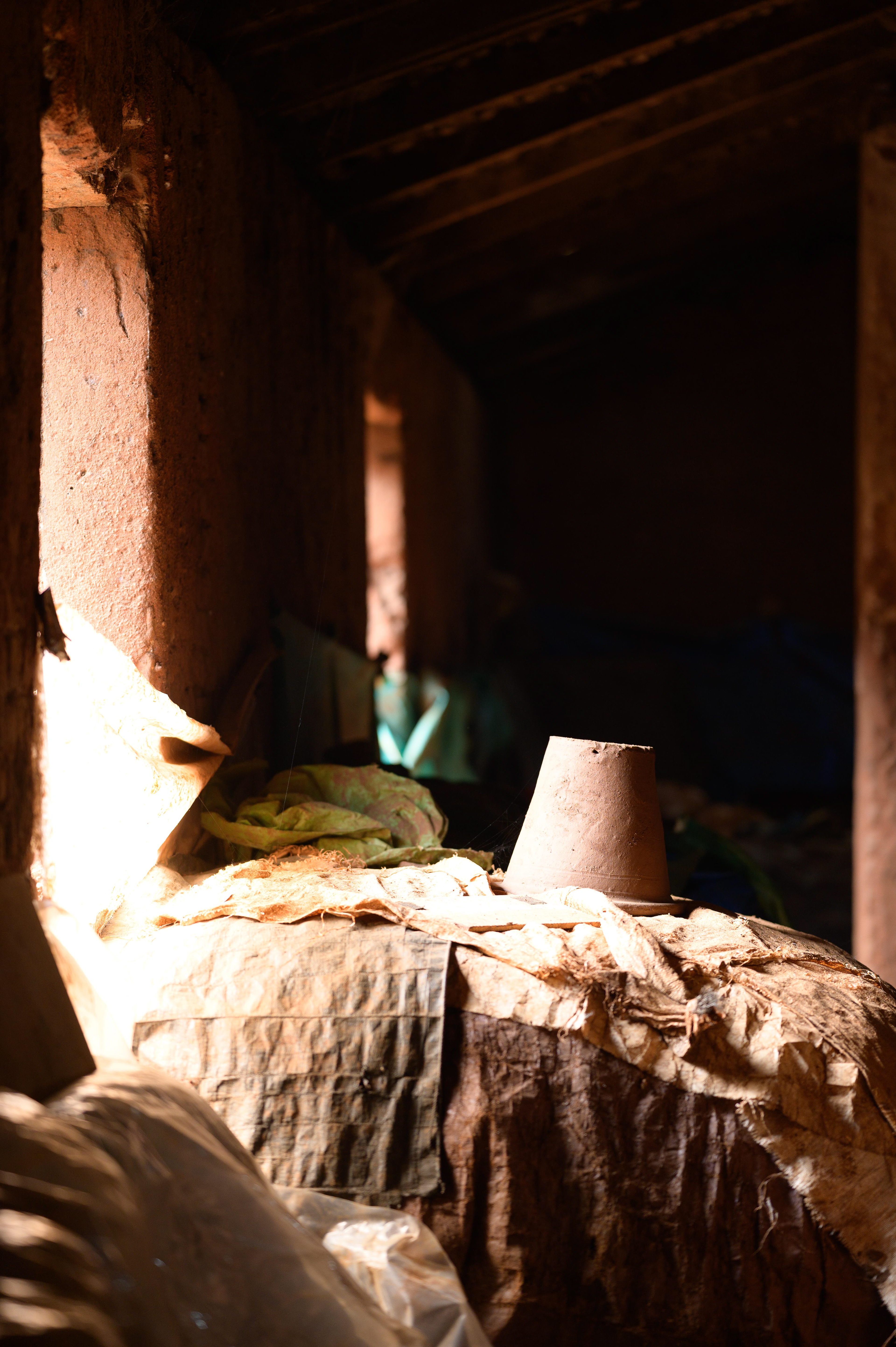
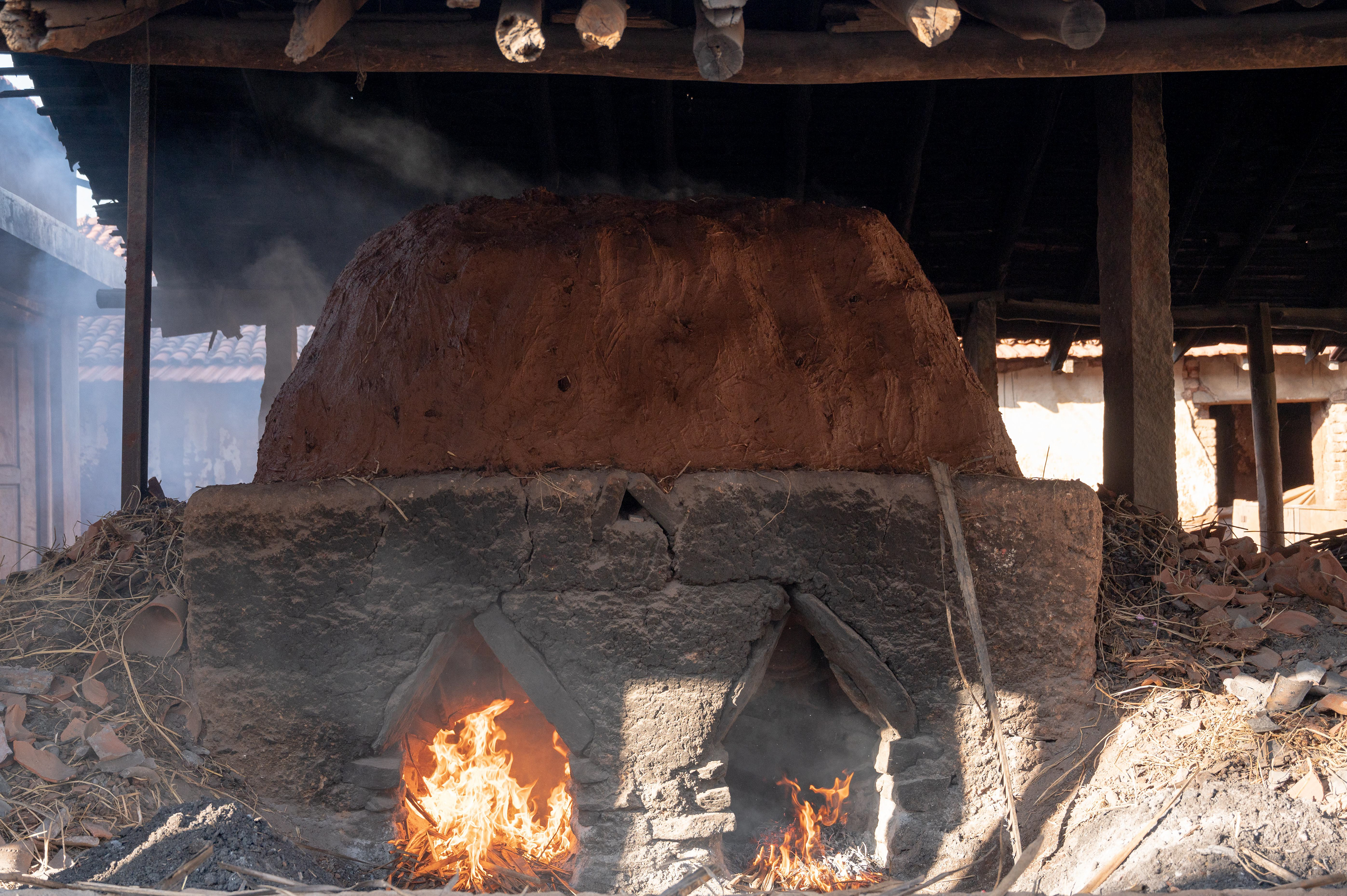
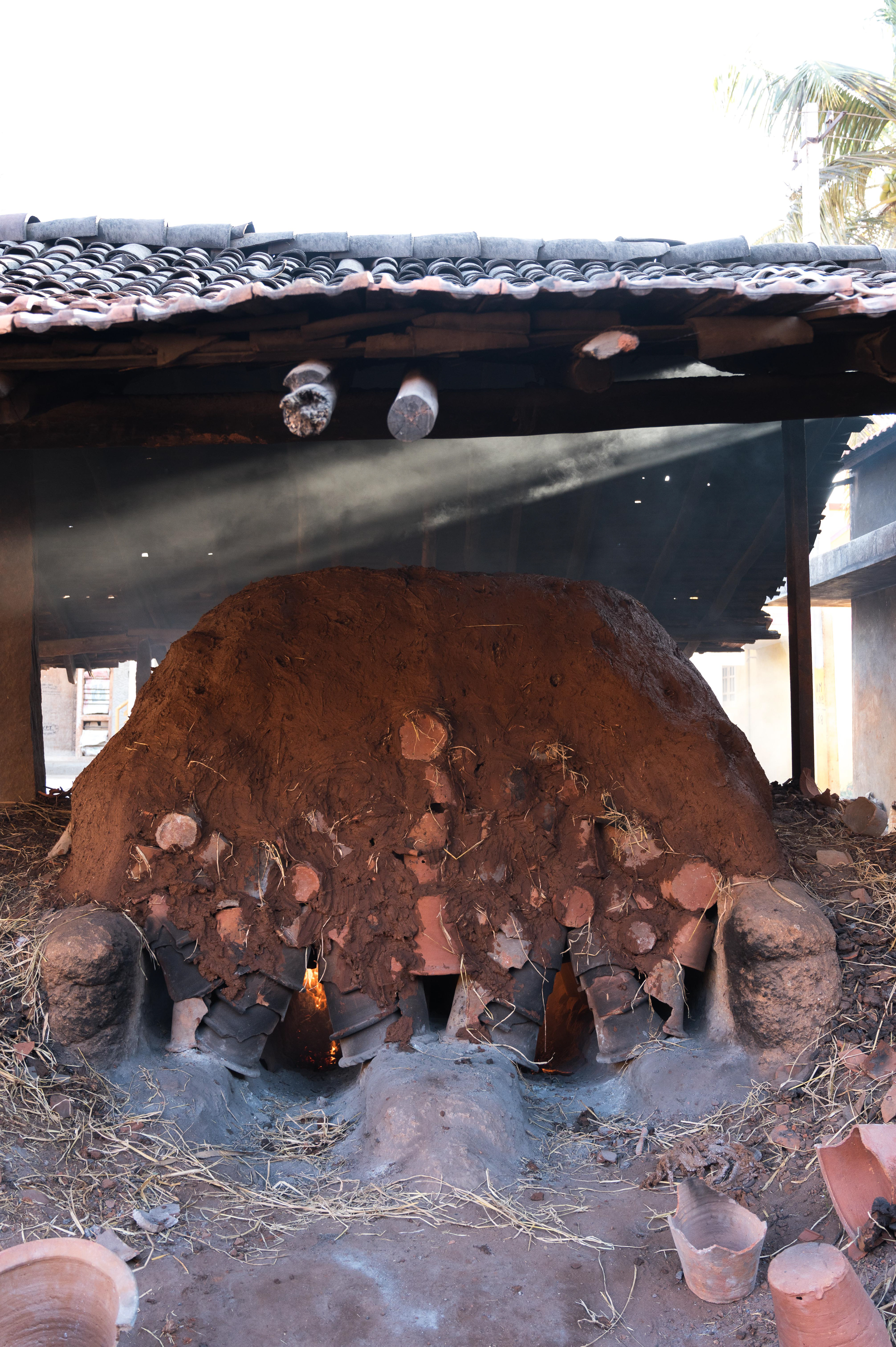
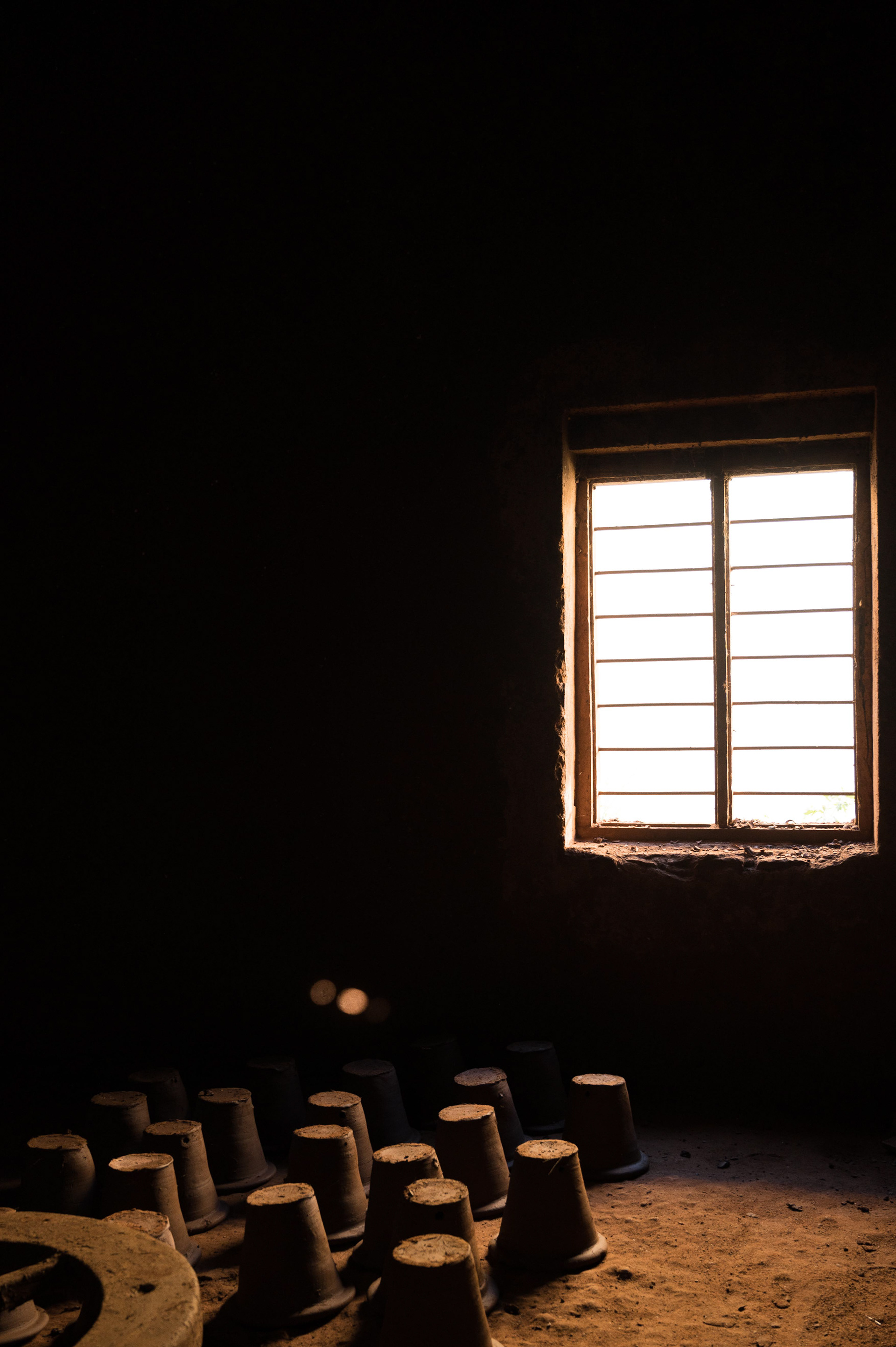
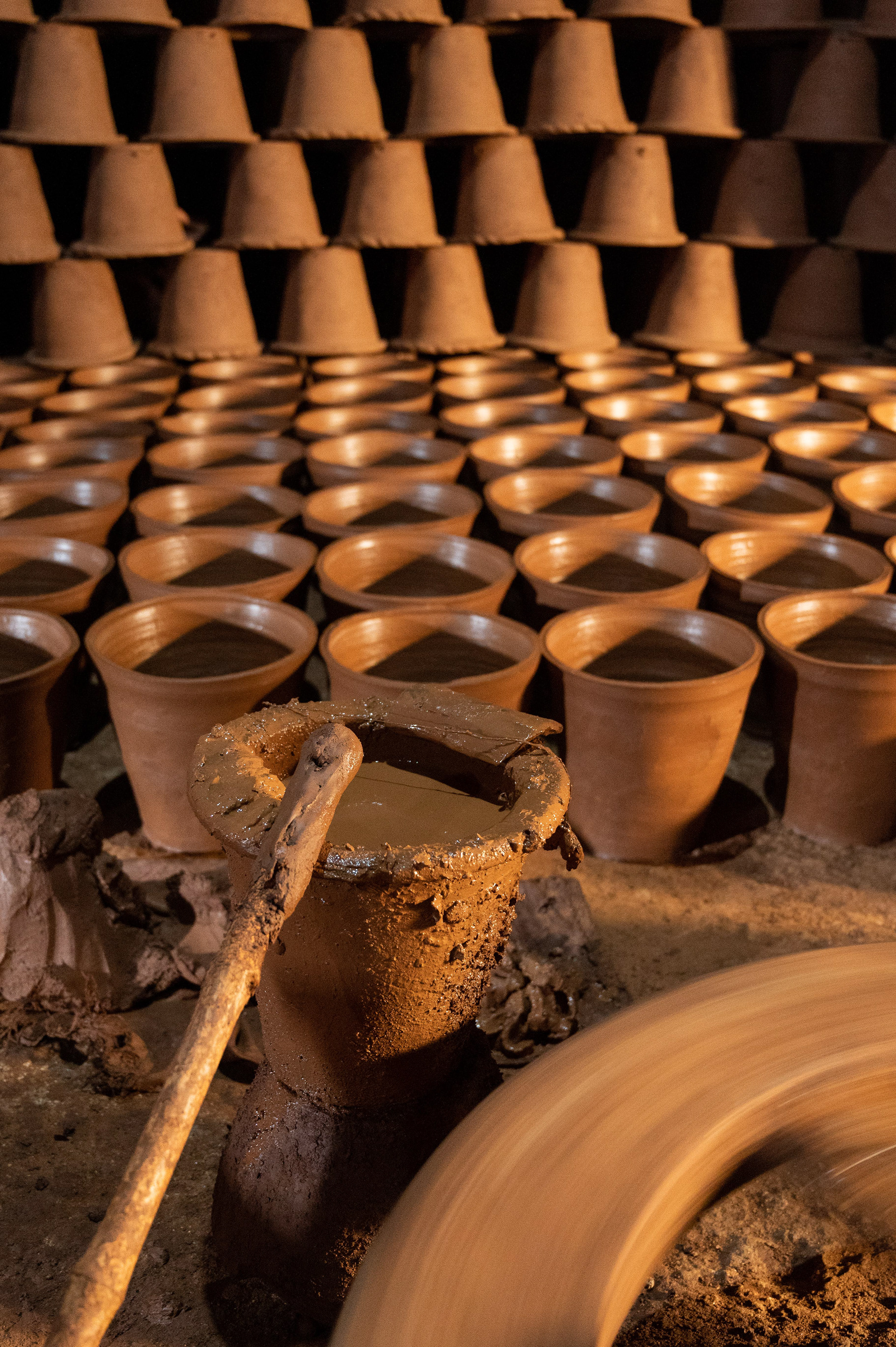
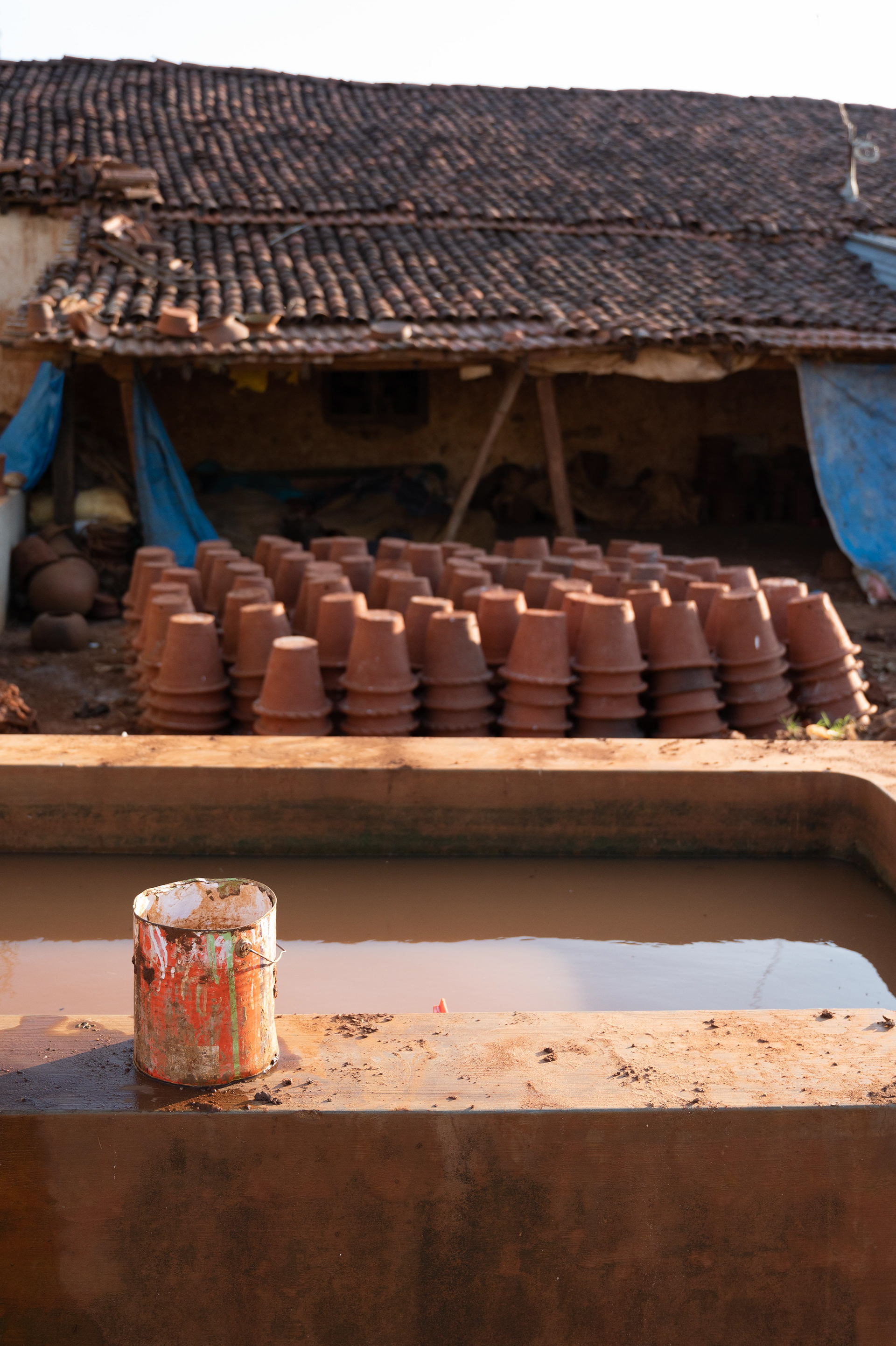
Around 60 years ago, Chawlamma and her husband started pottery in the village of Doora. They belonged to the Kumabara community who traditionally practiced this for their livelihood. After her husband passed away, she took charge of the establishment along with their relative, Govindaraja. While men are designated to make pots and burn them in the kiln, the women work on the intricate and delicate shaping of the artifact. Over the years, their other relatives also got along to assist them in their work.
While in most of the other regions, pottery as art is diminishing in the community, Chawlamma helped Doora thrive as an exception.
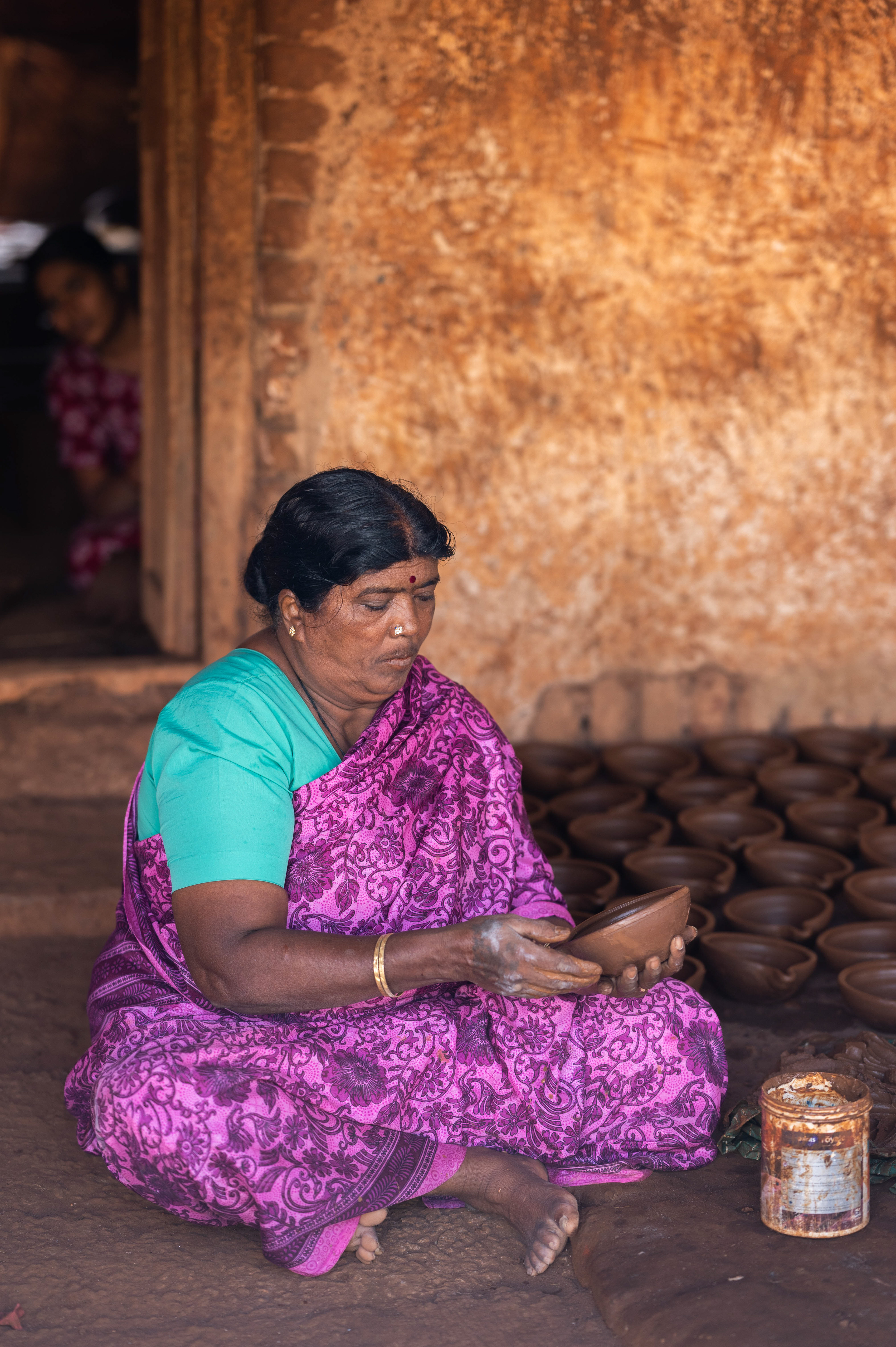
Chawlamma
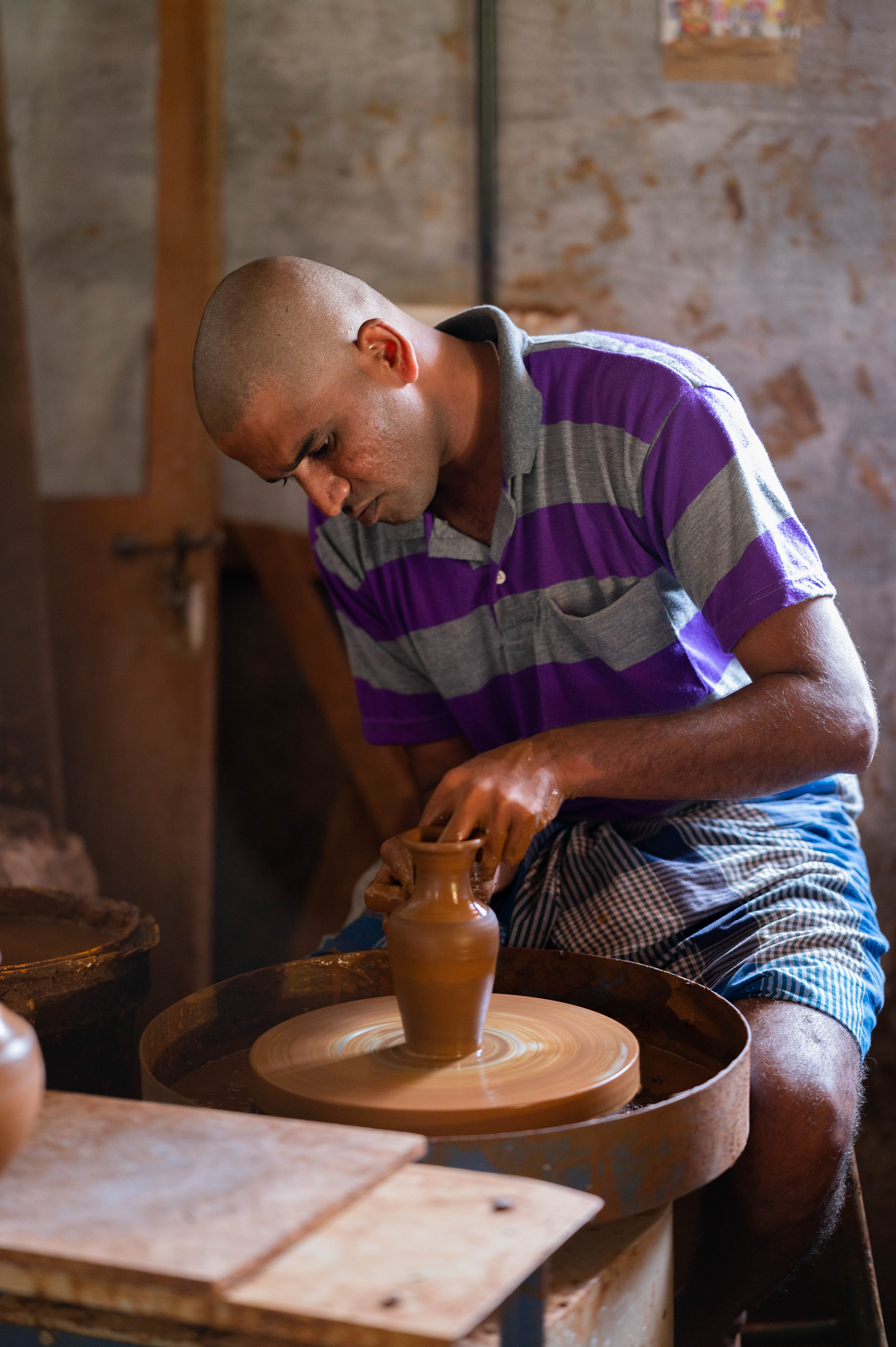
Govindaraja
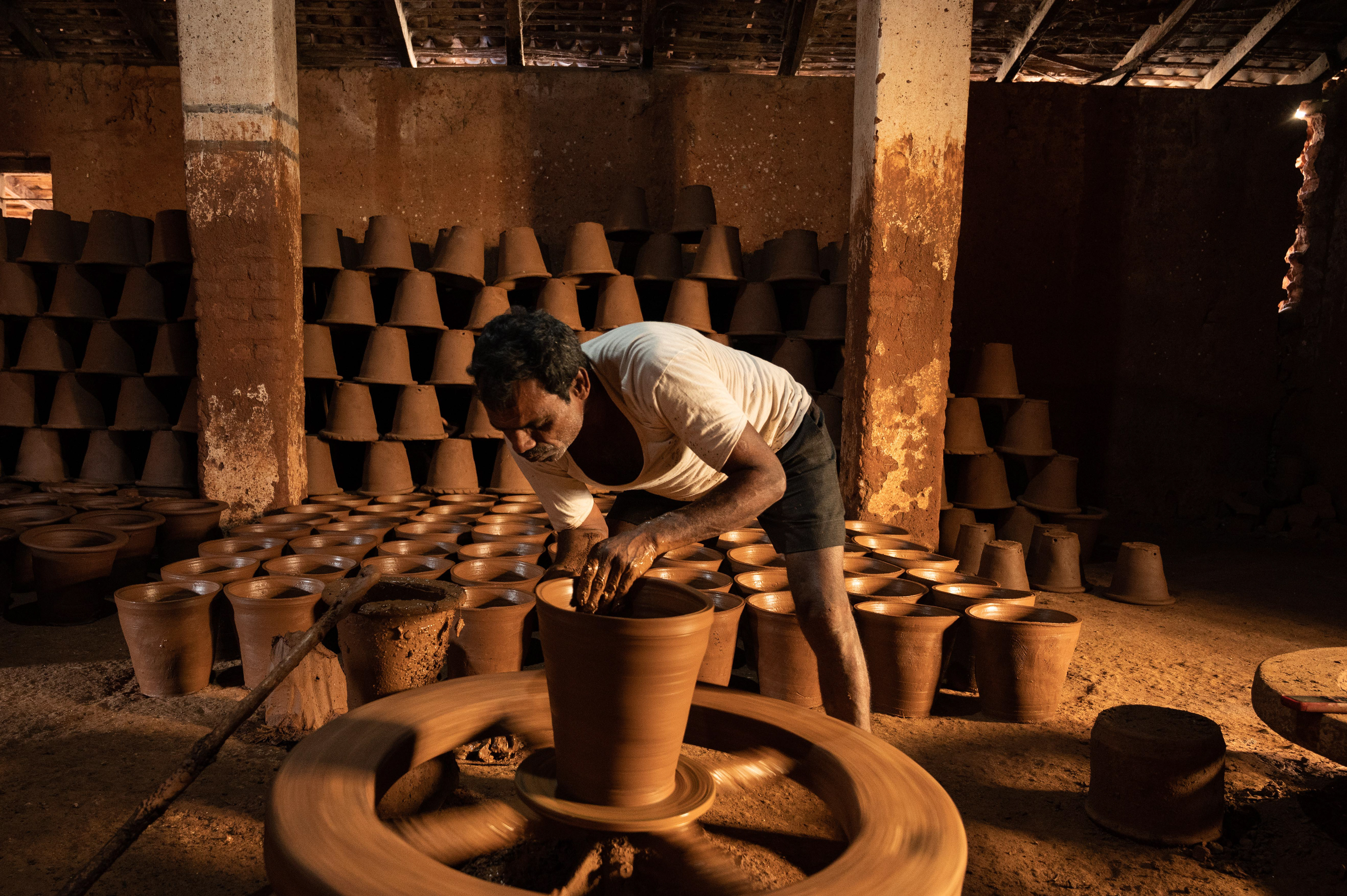
Swamana
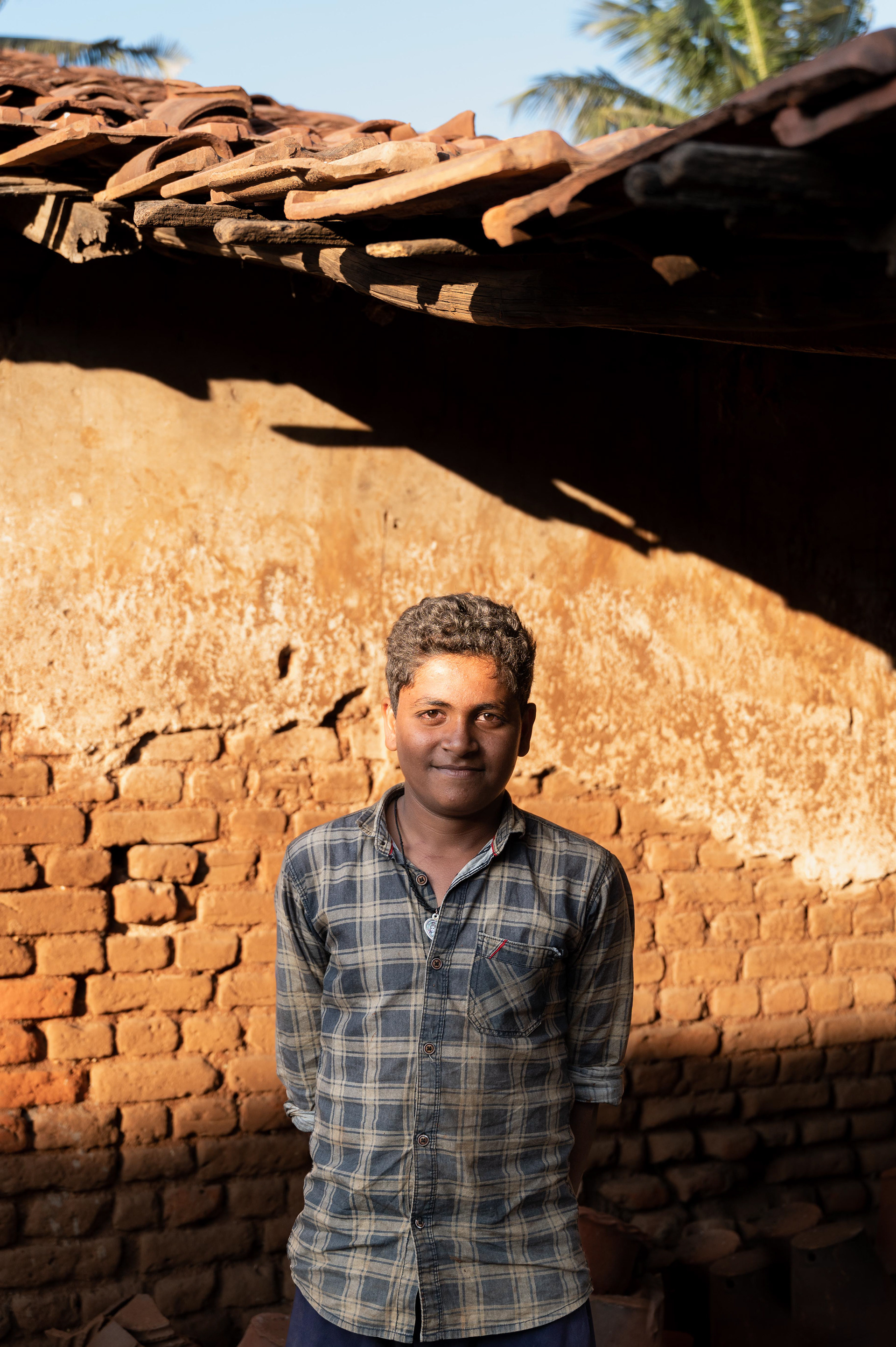
Navina
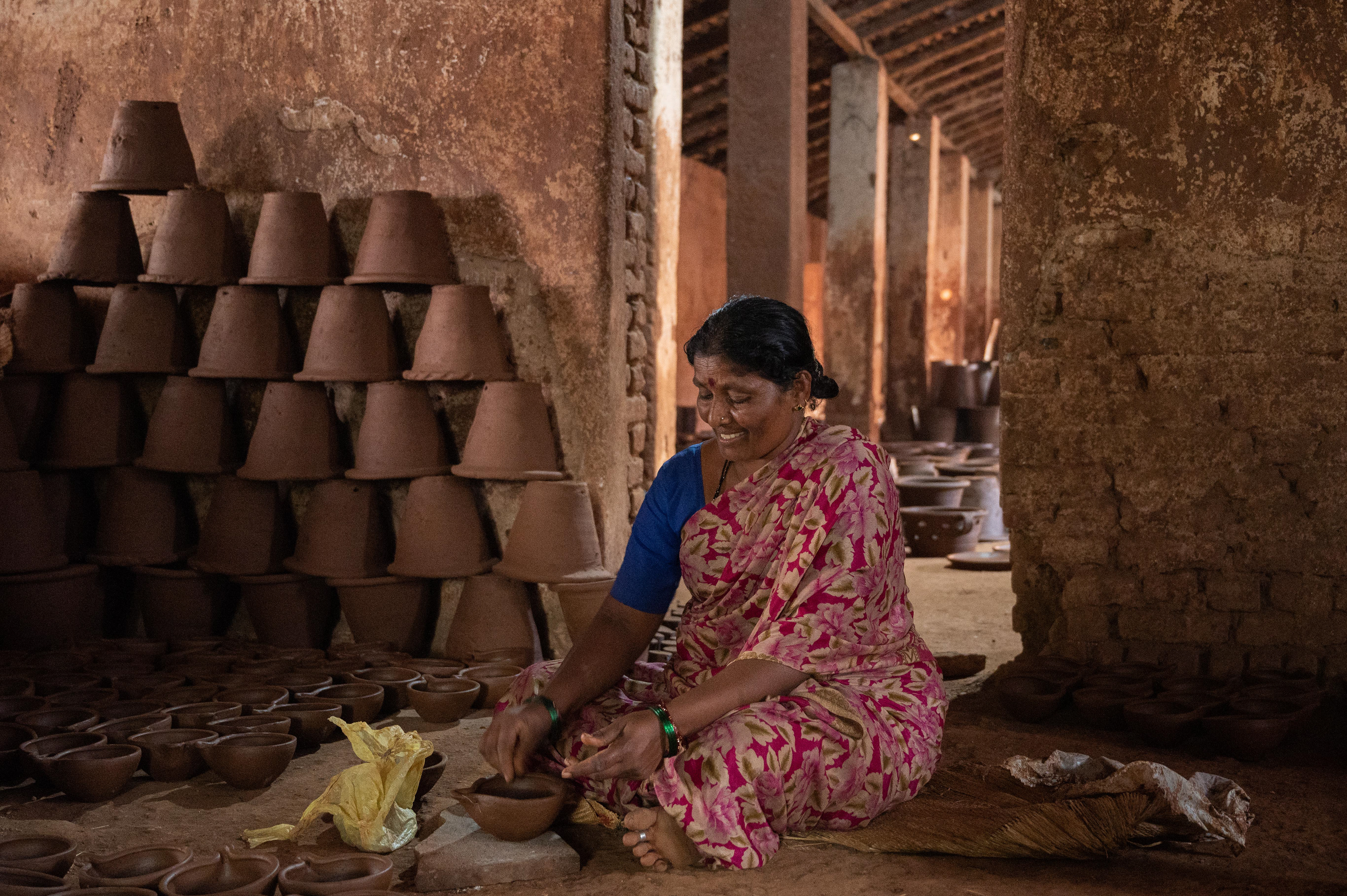
Devamma
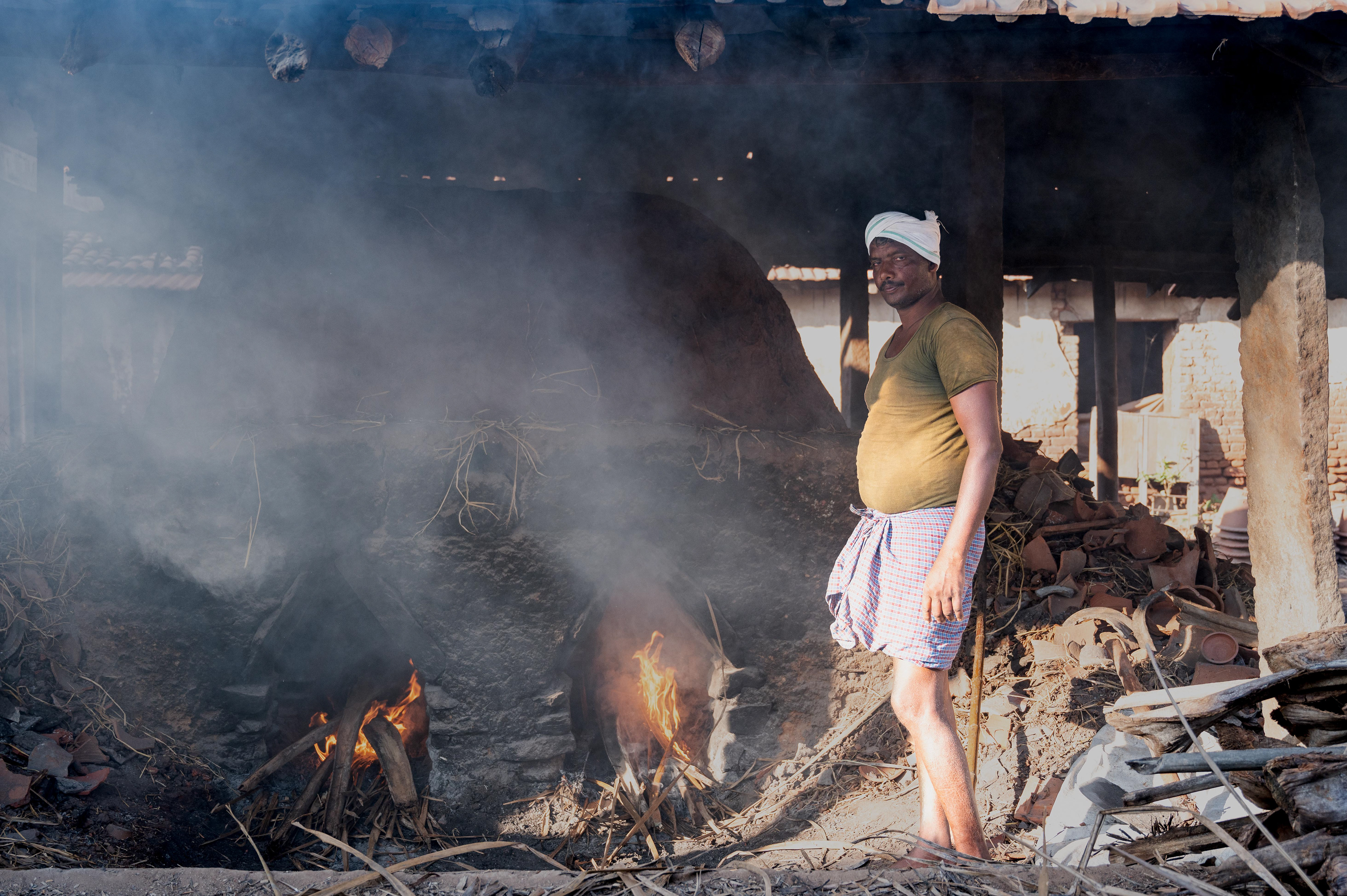
Gopinath
